© ROOT-NATION.com - Use of content is permitted with a backlink.
Xiaomi has a certain Mi Note lineup, which, for some reason, is not very popular. For some time these smartphones disappeared from the radar and did not receive an update for a long time. Xiaomi focused on other, apparently more successful and popular series, developing some into separate sub-brands. And then after a little more than two years, something happened that probably no one expected – Xiaomi Mi Note 10 was introduced.
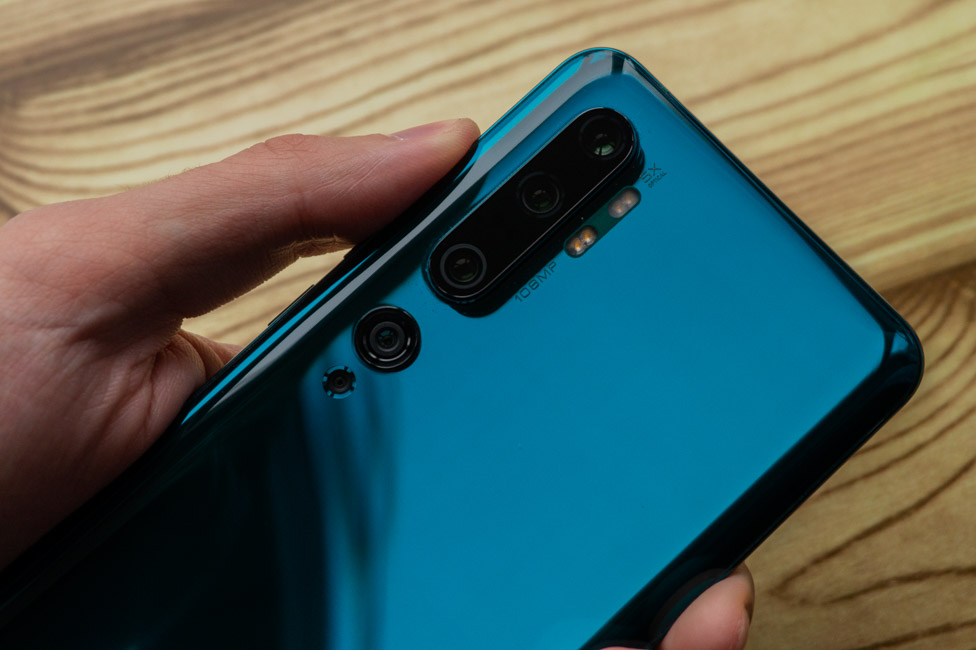
Why is that so surprising? At first there were rumors that Xiaomi decided to close Mi Max and Mi Note series. After, the head of the company Lei Jun said that one shouldn’t expect new Mi Notes. Of course, many took these words as the final confirmation of the early rumors about the lineup’s demise. But in the end, insiders said that Xiaomi was actually cooking something big. And in November Mi Note 10 was revealed, which in the home market is referred to as Xiaomi Mi CC9 Pro. So, so abruptly from the last Mi Note 3, they immediately jumped to Mi Note 10.
What is Xiaomi Mi Note 10? This is the first smartphone with a 108 megapixel camera, and it’s not surprising that the camera is the main attraction here. I used the smartphone for two weeks, I tried to study not only the cameras, but also pay attention to other important details. Today I will share my thoughts about this device.
Xiaomi Mi Note 10 specs
| NETWORK | Technology | GSM / HSPA / LTE |
|---|
| LAUNCH | Announced | 2019, November |
|---|---|---|
| Status | Available. Released 2019, November |
| BODY | Dimensions | 157.8 x 74.2 x 9.7 mm (6.21 x 2.92 x 0.38 in) |
|---|---|---|
| Weight | 208 g (7.34 oz) | |
| Build | Front/back glass (Gorilla Glass 5), aluminum frame | |
| SIM | Dual SIM (Nano-SIM, dual stand-by) |
| DISPLAY | Type | AMOLED capacitive touchscreen, 16M colors |
|---|---|---|
| Size | 6.47 inches, 102.8 cm2 (~87.8% screen-to-body ratio) | |
| Resolution | 1080 x 2340 pixels, 19.5:9 ratio (~398 ppi density) | |
| Protection | Corning Gorilla Glass 5 | |
| 600 nits max brightness DCI-P3 HDR10 Always-on display |
| PLATFORM | OS | Android 9.0 (Pie); MIUI 11 |
|---|---|---|
| Chipset | Qualcomm SDM730 Snapdragon 730G (8 nm) | |
| CPU | Octa-core (2×2.2 GHz Kryo 470 Gold & 6×1.8 GHz Kryo 470 Silver) | |
| GPU | Adreno 618 |
| MEMORY | Card slot | No |
|---|---|---|
| Internal | 128GB 6GB RAM |
| MAIN CAMERA | Five | 108 MP (7P lens), f/1.7, 25mm (wide), 1/1.33″, 0.8µm, PDAF, Laser AF, OIS 12 MP, f/2.0, 50mm (telephoto), 1/2.55″, 1.4µm, Dual Pixel PDAF, Laser AF, 2x optical zoom 5 MP (upscaled to 8MP), f/2.0, (telephoto), 1.0µm, PDAF, Laser AF, OIS, 5x optical zoom 20 MP, f/2.2, 13mm (ultrawide), 1/2.8″, 1.0µm, Laser AF 2 MP, f/2.4, 1/5″, 1.75µm (dedicated macro camera) |
|---|---|---|
| Features | Quad-LED dual-tone flash, HDR | |
| Video | 2160p@30fps, 1080p@30/60/120/240fps, 720p@960fps |
| SELFIE CAMERA | Single | 32 MP, f/2.0, 26mm (wide), 1/2.8″, 0.8µm |
|---|---|---|
| Features | HDR | |
| Video | 1080p@30fps |
| SOUND | Loudspeaker | Yes |
|---|---|---|
| 3.5mm jack | Yes | |
| Active noise cancellation with dedicated mic 24-bit/192kHz audio |
| COMMS | WLAN | Wi-Fi 802.11 a/b/g/n/ac, dual-band, Wi-Fi Direct, hotspot |
|---|---|---|
| Bluetooth | 5.0, A2DP, LE, aptX HD | |
| GPS | Yes, with A-GPS, GLONASS, GALILEO, BDS | |
| NFC | Yes | |
| Infrared port | Yes | |
| Radio | FM radio | |
| USB | 2.0, Type-C 1.0 reversible connector |
| FEATURES | Sensors | Fingerprint (under display, optical), accelerometer, gyro, proximity, compass |
|---|
| BATTERY | Non-removable Li-Po 5260 mAh battery | |
|---|---|---|
| Charging | Fast battery charging 30W (58% in 30 min., 100% in 65 min.) USB Power Delivery |
| MISC | Colors | Aurora Green, Glacier White, Midnight Black |
|---|---|---|
| Price | $ 429.00 / € 485.99 / £ 497.50 |
Price and positioning
Officially, the device costs about $ 429. But the price is already beginning to gradually decline, and at the moment, Xiaomi Mi Note 10 can be purchased for less.
When it comes to official devices, this was the most expensive Xiaomi, if not for a Pro version of Mi Note 10, which would cost even more. Its main difference is the memory configuration of 8/256 GB, instead of 6/128 GB in the normal version, plus there is an 8th lens (instead of 7) in the main camera.
Where to buy
What’s in the box
I only had a smartphone on the test, but what’s in the box is no secret. In addition to the gadget, the box includes: a 30 W power adapter, a USB/Type-C cable, a standard transparent (or tinted) silicone case, a SIM card eject tool and paper documentation.
Design, materials and build quality
Only the lazy did not call Xiaomi Mi Note 10 a parody of Huawei P30 Pro in terms of design. Is this a fair remark? Quite. Even of the resemblance is hardly 100%, but it is obvious. In front it is very similar, except that the upper bezel can be a little thicker in Mi Note 10. And so is a drop in the screen of the same shape, and even glass curved at the edges. Moreover, they even have the same shape of the case – the upper and lower ends are flat (or cut off).
Is it bad? Rather strange. Although Xiaomi rarely did something unlike the rest. Today, all smartphones are basically identical, especially the front panels with similar “drops”. But here… it is a very explicit exploitation of someone else’s design, given the status of P30 Pro as the top photo-flagship. It is an attempt to make their own P30 Pro, but in the format traditional for the brand: “we can do the same, only cheaper.”
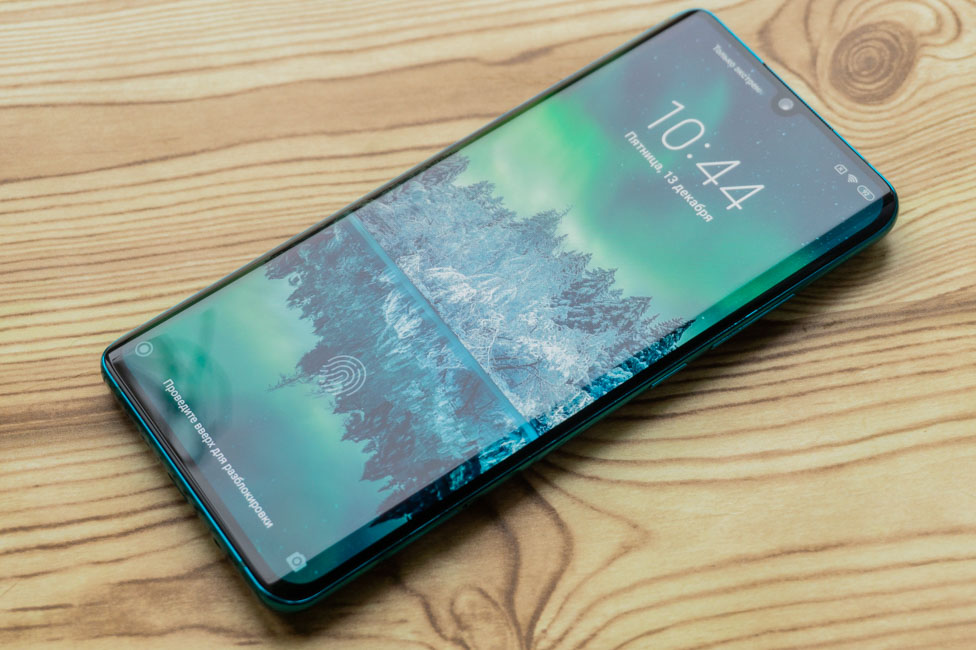
But back to the point. In front, Gorilla Glass 5 is used with solid oleophobic coating. The bends of the glass visually make the bezels on the left and on the right thinner than they really are. Along the perimeter is an aluminum frame that narrows at the edges. In my test sample, it is glossy and turquoise. Although it is called Aurora Green. Stop, I think I’ve already heard the word “Aurora” somewhere.
Unfortunately, the frame in this color is glossy, as I already noted. Because of this, it is a little slippery. But it is noteworthy that the black version (Midnight Black) of Mi Note 10 uses a matte finish, which makes a simple and unassuming black color more beneficial from the practical side. And since we are talking about colors here, I’ll say that there is a third – Glacier White with the mother-of-pearl effect, which is already familiar to us.

The same glass was used on the back as on the front – Gorilla Glass 5. It is also covered with an oleophobic glass no less qualitatively than on the front. The color is beautiful, traceable and darkened accents. Of course there is an iridescent effect, made in the form of an arc. The glass in the back is also curved, possibly even with the same radius as the front. It’s just hard to say for sure, because of the bends and rounding of the corners. The bends seem symmetrical.
Of course, it’s hard to take your eyes off the cameras. Their position, quantity, double flashes – these elements are very noticeable. But I can’t call their placement beautiful. There is no symmetry, nor any uniform design. The traditional bulging unit contains three peepholes and sensors between the second and third modules in a row. A little lower, there is a protruding fourth peephole, and under it is the fifth module covered by a single glass with the entire panel.
Mi Note 10 collects fingerprints easily, on all the elements of the body: glass in front and back, and even on the sides. The company does not officially declare moisture protection, but the card slot is protected by a rubber seal. But it’s clear that it’s better not to tempt fate and not submerge the device under water.

The build quality is very high quality, but I noticed such a nuance that the joint between the front glass and the frame seems stronger on the left side. Maybe it’s just my test sample.
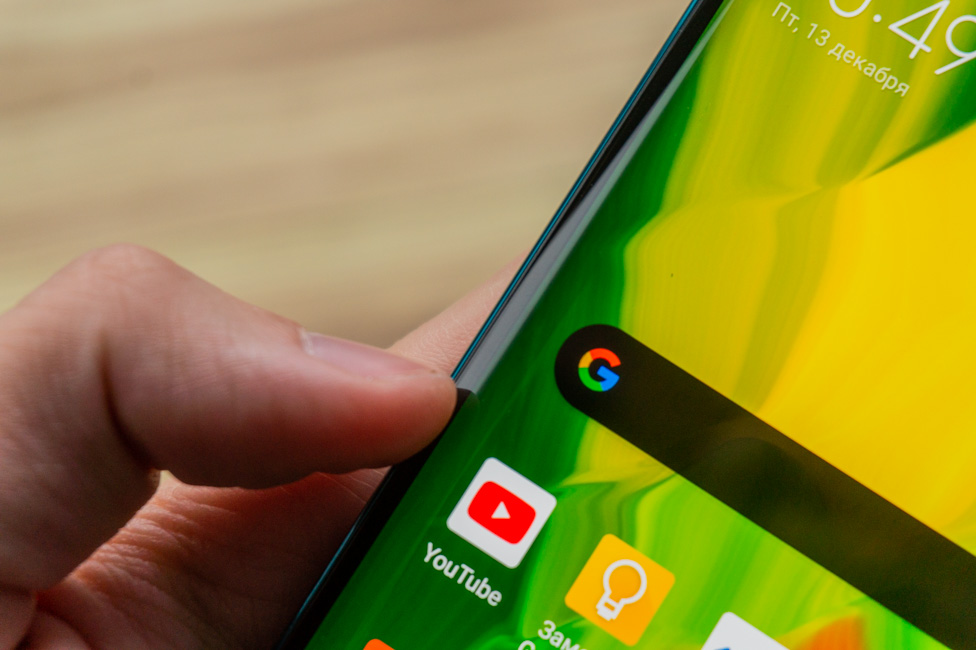
Elements configuration
In front of the upper part there is a drop-shaped notch, above it a wide mesh with a speaker, but half of it is a fake, the speaker itself is located on the left. On the right side of the notch, under the screen, there are hidden light and proximity sensors. The lower field is empty, the LED for notification is missing.
On the right side there are two buttons: power and volume. In the lower part on the same side is a slot for two SIM cards of traditional nano format. On the left there are no additional elements, just a completely free edge.
Bottom end: round holes with a multimedia speaker, the main microphone, a USB Type-C port and a 3.5 mm audio jack. Above is a second microphone and an infrared port, which is typical for Xiaomi.
At the back there are a lot of cameras, a block protruding above the surface, two flashes of different tonality, the mention of 108 megapixels and 5x optical zoom, the Xiaomi logo and markings that will be on the commercial versions of Mi Note 10.
Ergonomics
Surprisingly, with a large, almost six and a half inch diagonal, the smartphone looks like a typical 6.3″ model. At least in width and height: 157.8 × 74.2 mm. In thickness, of course, the device is impressive with in terms of modern trends – 9.7 mm, and the mass exceeds two hundred: the device weighs 208 grams.
Does it feel like a heavy brick? It is weighty but because of the curvature on all sides, it does not feel thick. In the case, of course, it will be. A cover is needed for two or even three reasons – to protect the camera from damage. And more importantly, protect the smartphone as a whole from falls. The third argument is for simply improving comfort and ergonomics. The device is very slippery, plus the very beveled edges and a thin frame do not provide an ideal grip at all.
I am surprised a second time, but despite the bends of the screen, I only once touched the wrong button. This is a plus, but the random arrangement of cameras is problematic. With the standard grip of the smartphone in an upright position, using the two most extreme modules is almost impossible. These are cameras with a very wide angle, so part of the finger will be visible in the lower left corner of the photo.
There are two options – to rotate the smartphone horizontally, in the era of vertical content. Or hold the smartphone even lower to increase the likelihood of it slipping out.
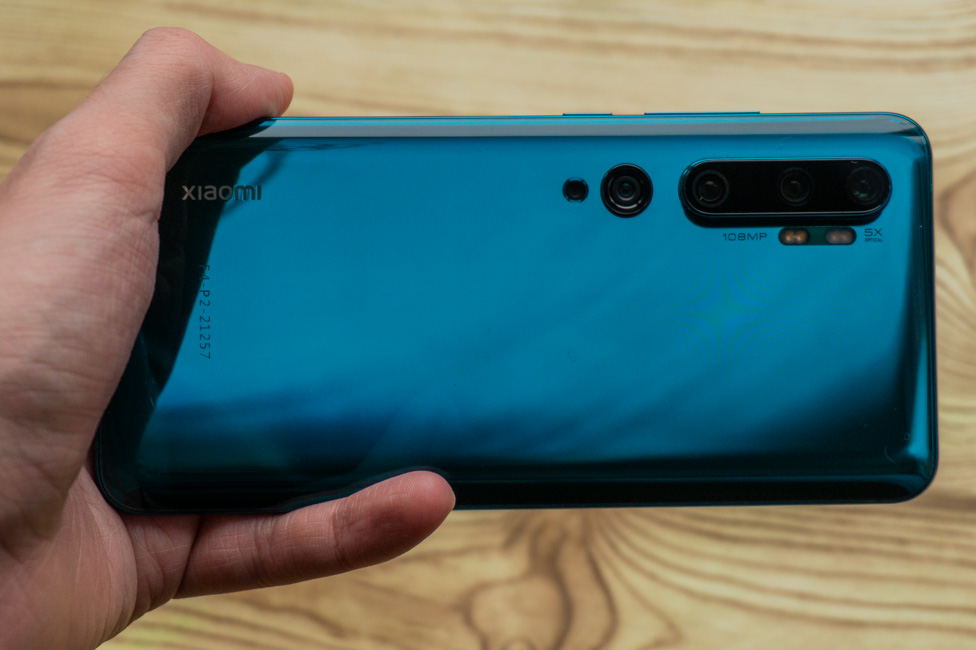
I did not experience any other problems with ergonomics. The buttons are at a normal comfortable height. You can use the phone without changing the grip all the time.

Xiaomi Mi Note 10 Display
The diagonal of the AMOLED panel Xiaomi Mi Note 10 is 6.47″, with a Full HD resolution (2340 × 1080 pixels) and an aspect ratio of 19.5:9. It results in a pixel density with a comfortable value of 398 ppi. The matrix provides color DCI-P3, supports HDR10, a contrast ratio of 400,000:1 and a brightness of 430 nits in manual and up to 600 nits in automatic brightness adjustment modes.
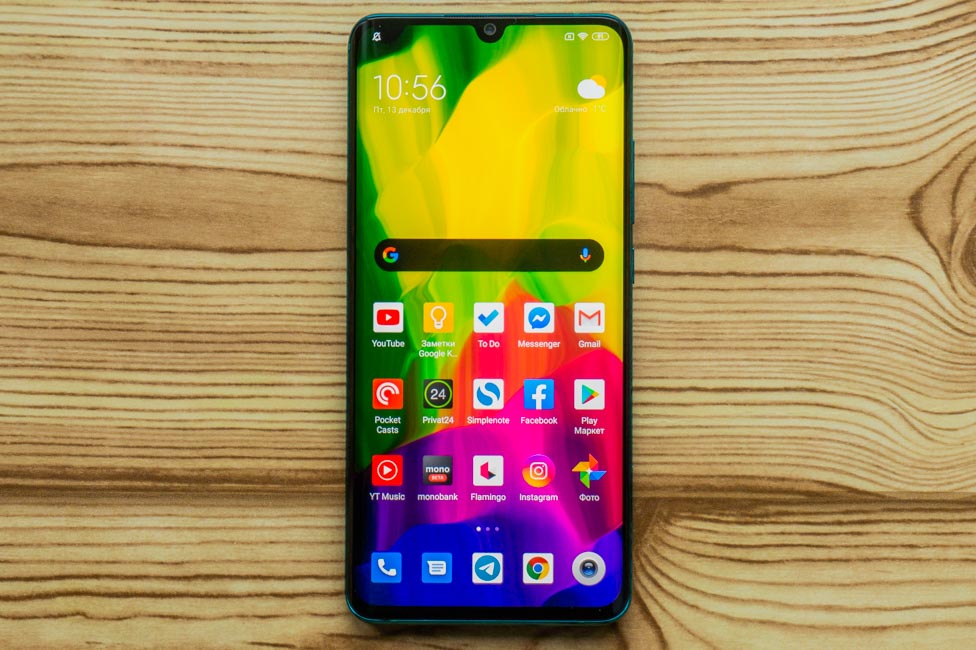
The characteristics of the display are impressive; however, there are certain nuances that should be taken into consideration. It is really bright and I think even in the summer in the sun everything on it will be clearly visible. Excellent contrast and a comfortable level of saturation are also a positive. Viewing angles are excellent.
The white color at the corners does not go into green-pink overflows, but into a bluish tint, which is more characteristic of P-OLED matrices.
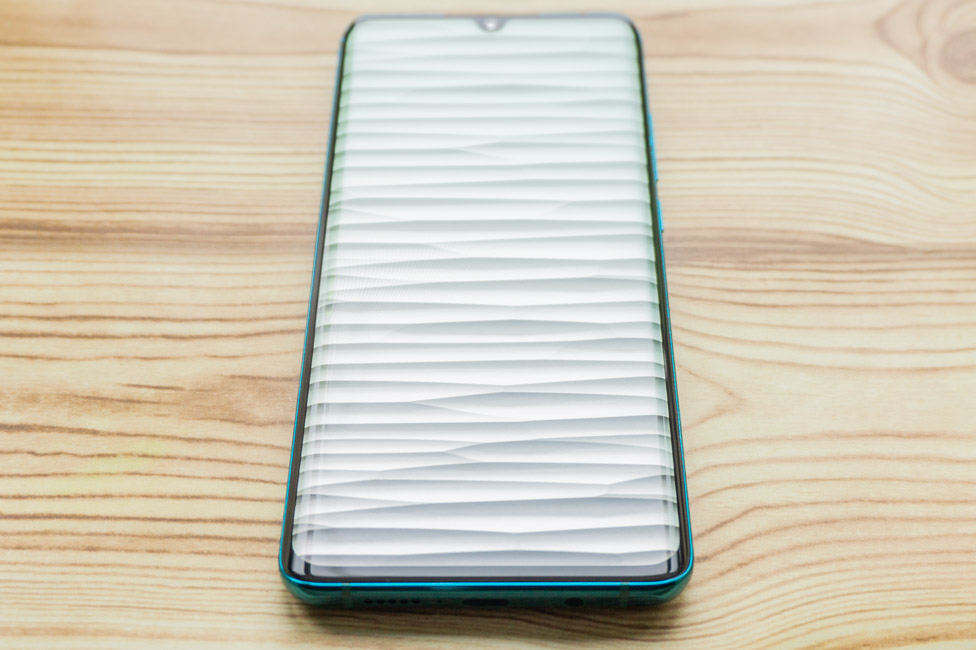
What problems have I noticed? The darker areas on bends are most striking when the light background is on. They disappear if you tilt the screen to the side and look at the bend at a right angle. But then the flat part will look darker.
Although in other models there are similar problems. In addition, a black or dark theme wedges deeper and deeper, both into the shell and in other popular applications, and there this nuance is not visible. But at the same time, not everyone can turn to the Dark Side, so that’s hardly a solution.
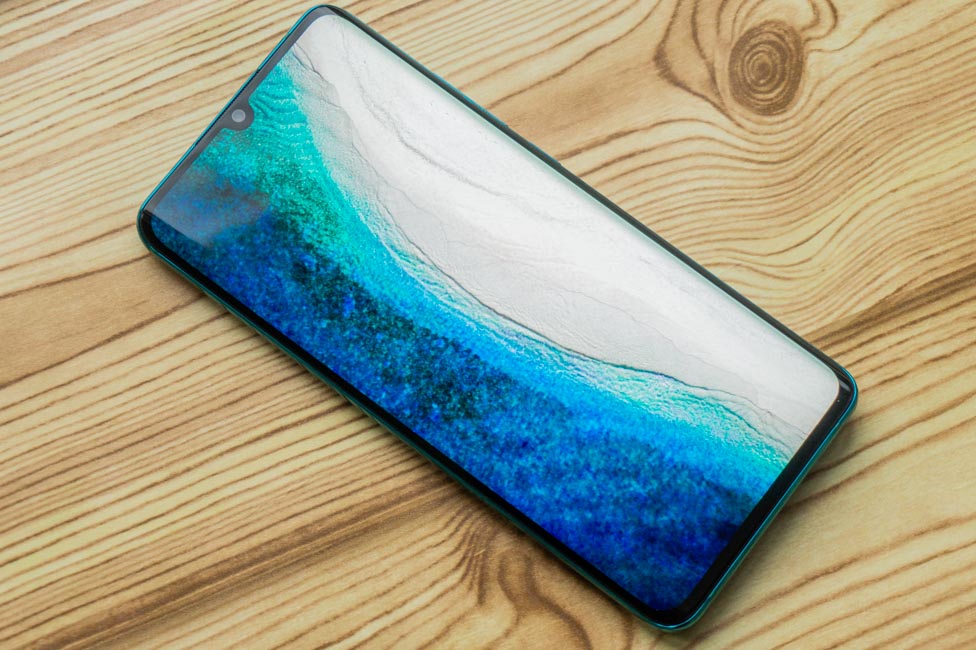
If the screen is curved, there must be a reason, right? Well, there is one function. When a notification arrives on a smartphone, these faces can show one of 3 lighting effects (animations) and notify the user about some event. It is an alternative to the LED indicator, which is not here. I have not found any other use for it.
The second problem, most likely, concerts only my model not for sale. I am talking about noticeable slight color distortion and loss of contrast at the very minimum brightness level. Instead of gray you get some kind of reddish, plus the colors look odd. I saw a similar effect on an early sample of Motorola One Zoom. We hope that commercial devices from stores do not suffer from this.
From the settings it is possible to set the minimum brightness level. You can change the brightness of the screen when switching to night mode, for which the minimum backlight level should be set. The color scheme allows you to select three modes of color saturation (auto, saturated, standard) and adjust the screen tone in the first mode. Naturally, the dark theme of the interface and applications is also in place, and it can be scheduled.
The notch can be hidden in two ways: you can fill the screen without shifting the status bar icons, or hide with an offset. Settings for displaying the notch in applications and forced full-screen mode are available. There are a lot of features, but for some reason the current firmware version does not have the function of eliminating flicker (DC Dimming). But sooner or later they must add it.
The active screen function (Always-On) has been updated a lot. There are five categories of styles: with a kaleidoscope, analog, digital, signature, with image. Each includes several watch faces or skins, some can be further fine-tuned.
Xiaomi Mi Note 10 Performance
Starting with Mi Note 3, Xiaomi abandoned the idea of installing top-quality solutions from Qualcomm in Mi Note series. Once in Note 3 they put the best mid-level SoC at that time – Qualcomm Snapdragon 660. The trend has not changed since then, because Xiaomi Mi Note 10 has a top-end (at the time of its release) mid-level platform – Qualcomm Snapdragon 730G.
This is a pumped version of the standard Snapdragon 730 platform, in which they improved gaming performance by about 15%. The system is built on an 8-nm process technology and consists of 8 cores: 2 Kryo 470 Gold cores with a maximum clock frequency of 2.2 GHz and 6 Kryo 470 Silver cores with a clock frequency of 1.8 GHz. Adreno 618 accelerator handles the graphics.
There are 6 LPDDR4x gigabytes of RAM, which is enough. The smartphone copes with multitasking. If for some reason you want more, then look towards Xiaomi Mi Note 10 Pro, with 8 GB of RAM.
You get 128 GB of storage. 99.08 GB are free for the user, but there is no possibility to expand the storage via microSD cards. This is a more compelling reason to consider the Pro version, because of 256 GB of storage. This smartphone is all about photo and video files, so storage matters. Ot just use cloud storage and periodically upload everything there.
Despite the mid-range chipset, it showed itself admirably in tests and in everyday tasks. Of course, I would like to see the flagship chipset here. Of course, the 730G system works almost like a flagship, but it isn’t future-proof. But the Snapdragon 855 would not only be cooler in this part, but also better curb the cameras installed here.
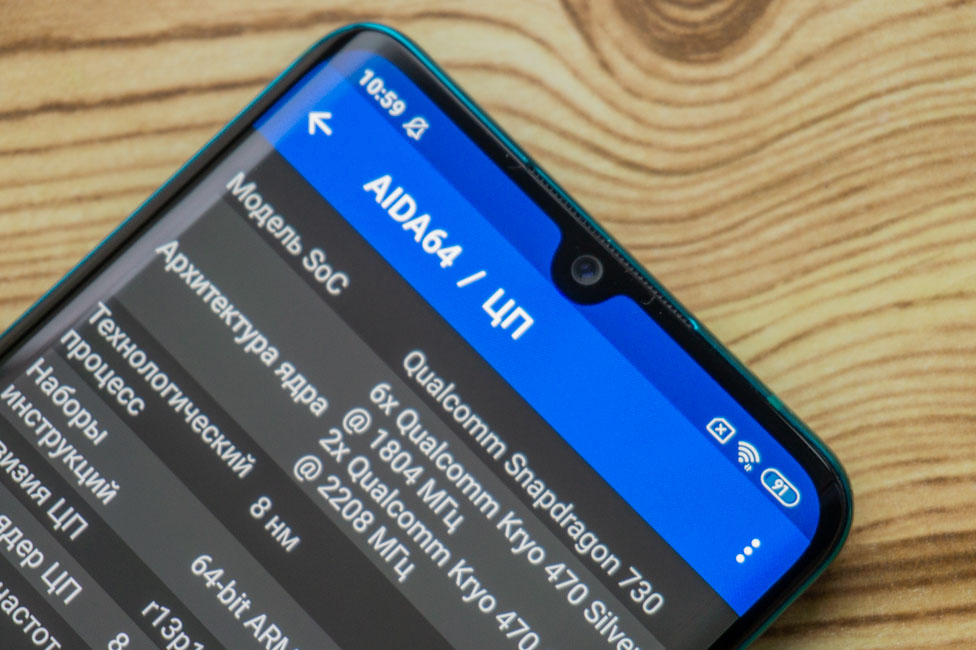
As you know, in the shell and third-party software there are practically no hitches, everything works quickly and smoothly. But minor lags in some situations do happen. In games it gets decent results, but it’s not flagship level. Gamebench:
- PUBG Mobile – high graphics settings with smoothing and shadows, an average of 30 FPS (game restriction, it can be more)
- Shadowgun Legends – ultra-graphics, an average of 24 FPS
- Call of Duty Mobile – very high, all effects are included, the “Battlefront” mode is ~ 55 FPS; “Battle Royal” – ~ 38 FPS;
- Fortnite – medium quality, 100% 3D resolution, 30 fps limit, 28 FPS average
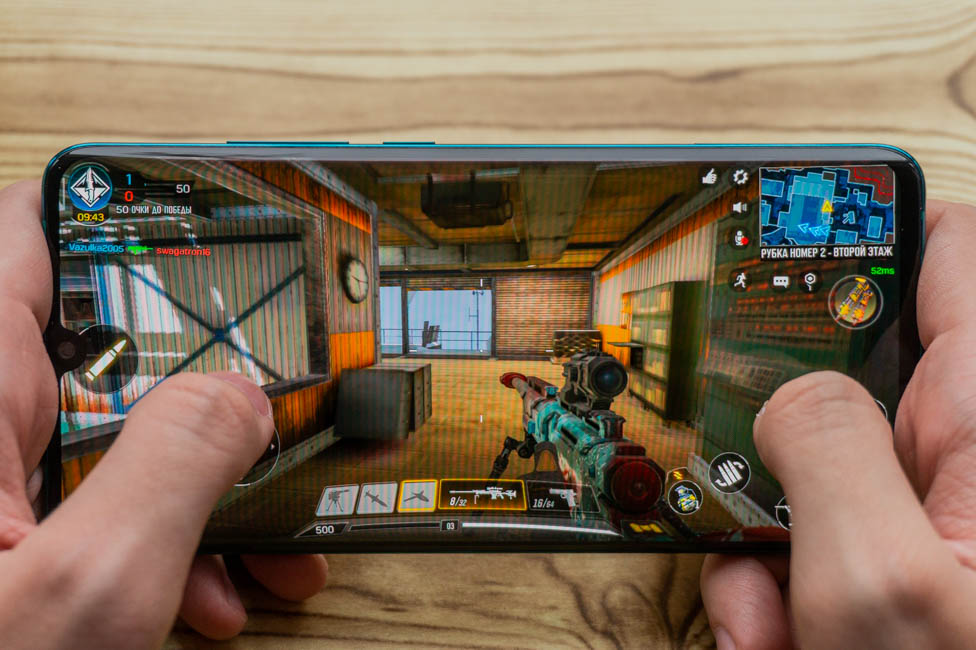
Xiaomi Mi Note 10 cameras
Finally, to the cameras. On the back there are only 5 of them, and most notably, all the modules are “working”. Different focus, with different focal lengths. Here you will not find a useless depth sensor, which personally makes me very happy.
The main sensor is used in smartphones for the first time. This is a 108 megapixel Samsung sensor with f/1.7 aperture, 1/1.33″ large matrix, but 0.8µm pixels. 25 mm EGF, PDAF and a laser focusing system are used, there is OIS. The other four cameras are:
|
There are as many as two telephotos here: with a 2x optical zoom and 5x (but for some reason the module switches to 3.7x). The second telephoto has a physical resolution of 5 megapixels, and saves photos in a resolution of 8 megapixels. And of course, the main one by default in normal mode takes 27 megapixel photos; 108 megapixels is a separate mode. In addition, in this unusual module, optics consists of 7 lenses, but in Xiaomi Mi Note 10 Pro there are 8 of them.

The smartphone received 121 points in the DxOMark rating, as well as the Huawei Mate 30 Pro – a smartphone of a completely different level. Because of this, many criticize this publication and resource. Personally, I do not particularly reckon with this rating either. For example, it’s strange for me to watch the Google Pixel of different generations somewhere in the tail every year. But you may have a different and opposite opinion on this subject, of course.
Let’s get back to Mi Note 10. I used the usual mode (27 megapixels) of shooting often since 108 megapixels photos look no better. At least in average conditions, but in the afternoon the detail may be higher. But again, the difference is far from 4 times, but the processing tales longer time. I would still recommend not caring too much about 108 megapixels.
The phone makes excellent photos. In the afternoon and in good light we have a lots of detail, excellent color reproduction and a wide dynamic range. Is this flagship level? It’s close, for sure. For this money you won’t find anything better.
He also makes great photos at night, even in automatic mode. There is a separate nigh mode here, but I did not like it, there is something wrong with it. Yes, more often the photos will be lighter, but they are somehow flat. Dark areas stretch too aggressively and it all looks like there’s a special filter that makes things worse. Perhaps with future updates it will be corrected.
EXAMPLES OF PHOTOS AND VIDEOS IN FULL RESOLUTION
In addition, I draw your attention to how the smartphone blurs the background. In this case, as usual. This is an advantage, but also a disadvantage at the same time. The plus is that the effect in some situations works wonders, but sometimes it just doesn’t work. That’s the price of physical depth of field.
The ultra-wide-angle module is slightly different in color and white balance from wide-angle, but in general it makes good pictures with an angle of 117°. At night it is very weak: noises appear, the probability of getting a blurry photos will be much higher. But the main thing that I always regard as an advantage is that this module is equipped with autofocus. This feature extends the capabilities and makes this module more versatile. It allows you to shoot close objects and try to be artistic.
EXAMPLES OF PHOTOS AND VIDEOS FROM AN ULTRA-ANGLE MODULE IN FULL RESOLUTION
2x zoom looks nice, detailed, with the correct geometry. But for the telephoto to work you need good light. But in general, I liked the result. With the slightest deterioration in conditions, the crop from the main camera will be used automatically. It can be turned off in manual mode, and in other cases it will depend on the amount of light.
EXAMPLES OF PHOTOS IN FULL RESOLUTION WITH 2X ZOOM
The 5x zoom is actually 3.7x – at this step, when zooming in, you switch to the second telephoto. But with 5x, the image from the main camera is used. I found this fact empirically (by covering the eye); we get 8 megapixel photos. Again, if you turn it on in manual mode, we get the original 5 megapixels. Photos themselves look better in normal mode and daytime ones look pretty good, albeit with worse detail than with 2x zoom. Thanks to optical stabilization, shooting a distant object is also easier.
EXAMPLES OF PHOTOS WITH 5X ZOOM IN FULL RESOLUTION
In the macro camera we have an autofocus. But due to the resolution of 2 megapixels, I would not seriously consider it. Especially with the ultra-wide, which has a focusing system. I think you could do without the fifth sensor, but here you’ll find a couple of examples from it.
EXAMPLES OF PHOTOS FROM THE MACRO MODULE IN FULL RESOLUTION
Video. You can shoot with all 5 cameras, more precisely on 4 – no one seriously believes that you can make video on a macro lens. Although there is a button, it’s for ultra-wide with a slight zoom. And for that matter, a camera with 5x zoom is also not used in the video; a module with 2x zoom with an additional digital zoom is used instead.
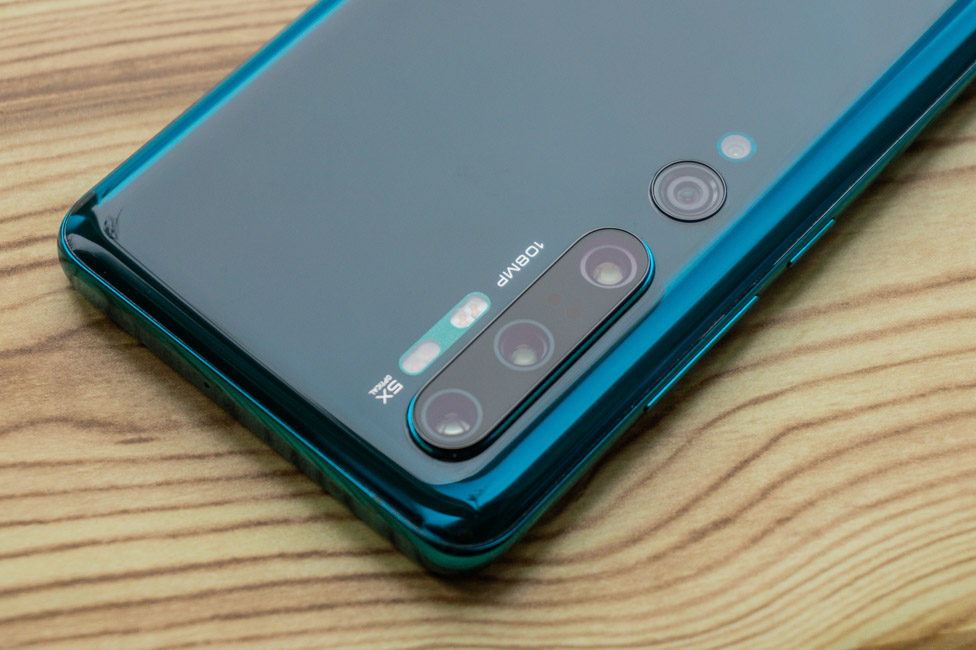
With all cameras, 4K resolution and 30 FPS are available. However, you cannot switch between lenses during shooting. I liked the quality of the clips, it’s not bad, but not the best, of course. We remember about optical stabilization in two modules – this is important. And on the main one you can also activate electronic stabilization. Slow motion is available with the following options: 1080p with 120/240 FPS or 720p and 120/240/960 FPS.
The selfie camera is 32 megapixels (/2.0, 0.8µm, 1/2.8″, 26 mm) and it is excellent. Detailed, with natural color rendition. But it doesn’t have enough autofocus for it to be considered perfect. There are a lot of effects, both creative and for beautification. You can make videos only in Full HD and 30 frames.
The camera application is in the best traditions of MIUI, with an abundance of functions, filters and modes. Manual mode is only for photos, you can save them in RAW format.
In some shooting modes, for example, at 108 megapixels or night, the hardware has to process one photo for some time. You can’t make other photos or change the modes meanwhile.
Unlocking methods
The fingerprint scanner is located under the display. The sensor is optical, with bright backlight. It is quite stable and works almost always. Scanning and unlocking speeds are also high. Only here the animations for some reason artificially slow down everything. You can wait until it is fully triggered, or you can remove your finger a little earlier, but authorization will still work.
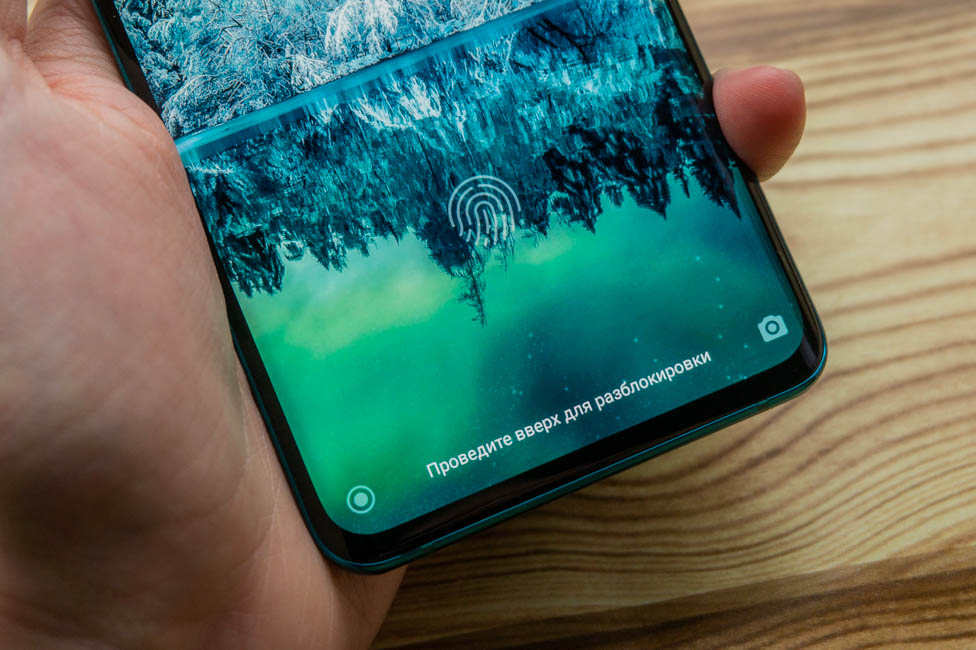
It is possible to add the identical prints, so I recommend recording one finger several times to increase stability. In general, a good scanner, only the software needs for be improved.
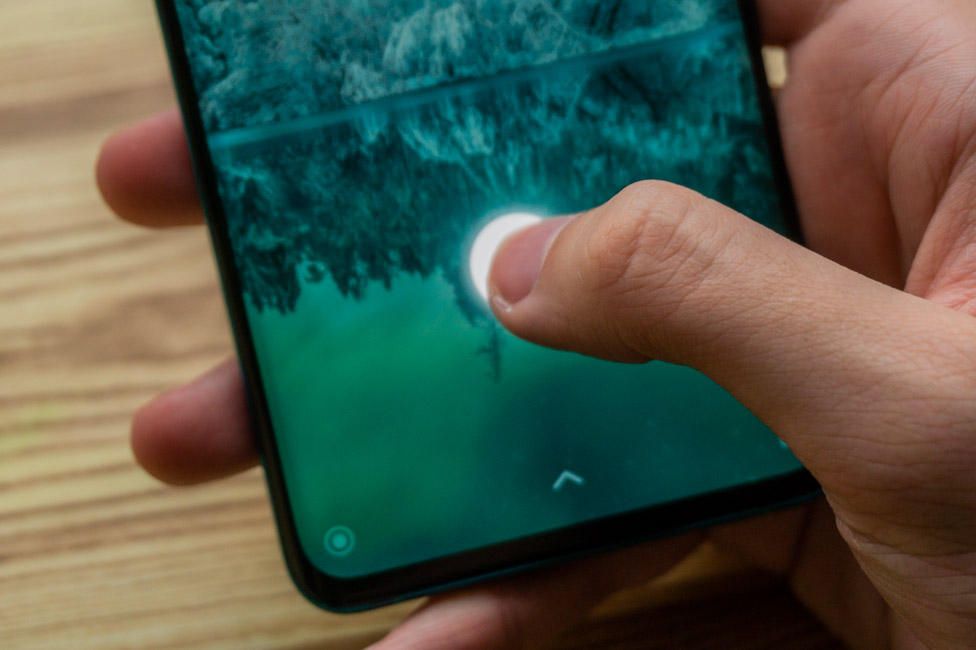
There are few additional options: displaying the fingerprint icon on the deactivated screen (when lifting the device or touching the screen) and choosing one of four animations.
Unlocking with face recognition, of course, has not gone away and it works perfectly. If there is good lighting, then this is a great alternative to a fingerprint scanner. With closed eyes, it refuses to work. There are just a few options to increase brightness in low light.

Xiaomi Mi Note 10 Battery Life
The smartphone is thick and there is a reason for this – the built-in high-capacity battery. The 5260 mAh battery is impressive on paper, but in real life everything is more complicated. The result is just a little different than you expect, and the smartphone lives for a day or two. Depending on the intensity of operation, of course.
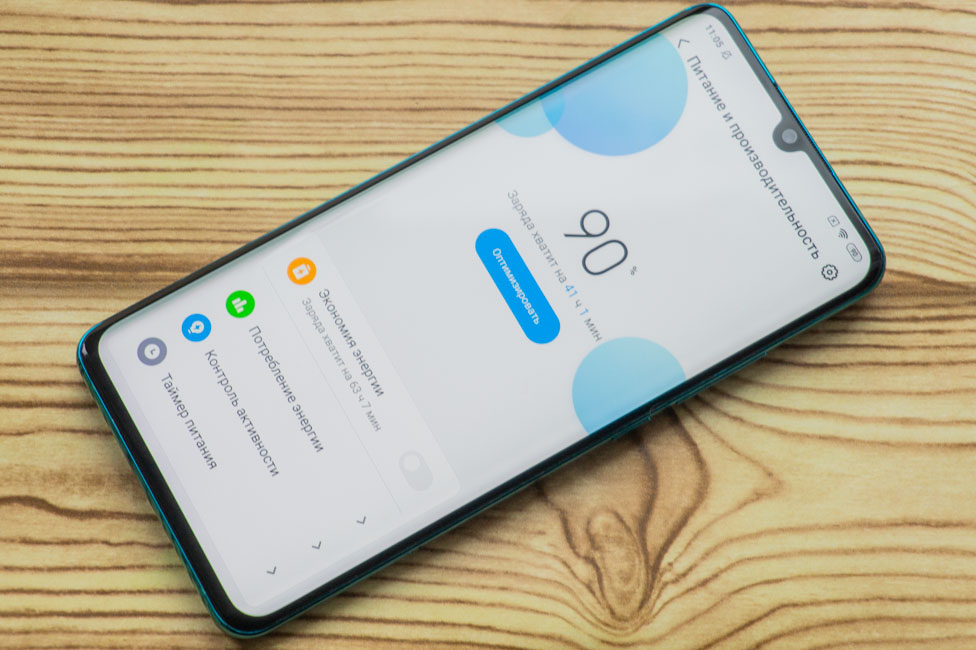
But what pleases me, I could not empty the battery in a whole day. In terms of numbers: 6 hours of screen at 44 hours of total battery life. This is with the active Always-On from 8:00 to 21:00. In PCMark 2.0 with maximum screen brightness Xiaomi Mi Note 10 lasted 8 hours 46 minutes.
I can’t call it’s battery bad, but my personal expectations were different. Nevertheless, it is possible that this may be my test sample, and the normal commercial version of the device will survive for longer. I am glad that there is a fast 30 W charger in the box, which, unfortunately, I couldn’t test. But it is reported that a full charge will take you 65 minutes.
Sound and communication
The speaker is very loud and good, suitable for conversations even in noisy environments. The multimedia speaker also has a good volume margin and okay sound, with minimum distortions. It’s a pity that the speakers can’t play at the same time and form a stereo effect.
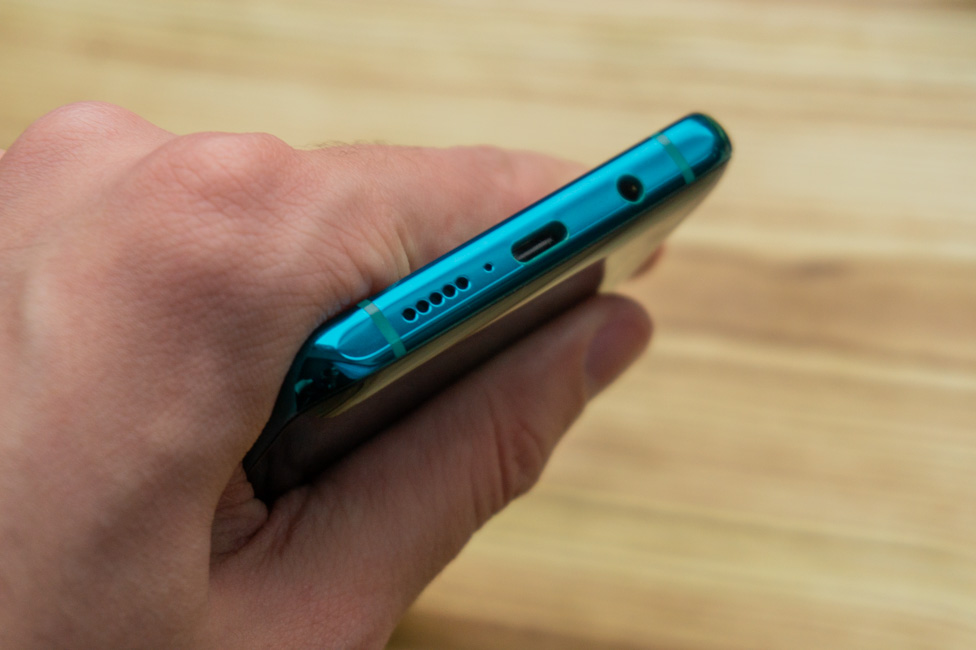
In wireless headphones, I did not hear anything special. Simple sound, with a normal volume margin and pretty decent quality. In wired, it can be slightly improved by the presets and other regular goodies available in MIUI.
I was very upset by vibration feedback. It’s loud, unpleasant and causes a desire to disable it altogether. For a device of this class it’s disappointing.
In Xiaomi Mi Note 10, at the top end there is traditionally a window with an infrared port with which you can control household appliances. The Wi-Fi module of the fifth version works great with dual-band networks. Bluetooth 5.0 with aptX HD support worked seamlessly with the Amazfit Bip smartwatch and RHA MA650 headphones.
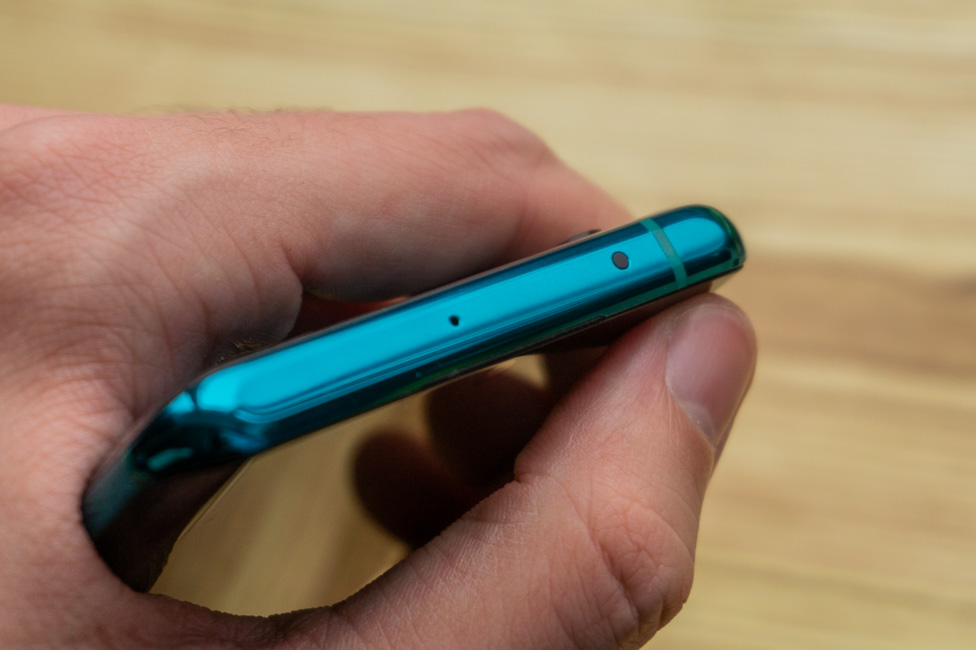
However, for some reason it didn’t make friends with Tronsmart Spunky Pro TWS-headset, and from time to time they kept disconnecting and reconnecting again. I do not think that this is the headset’s problem, because I have never encountered this problem with any other smartphone.
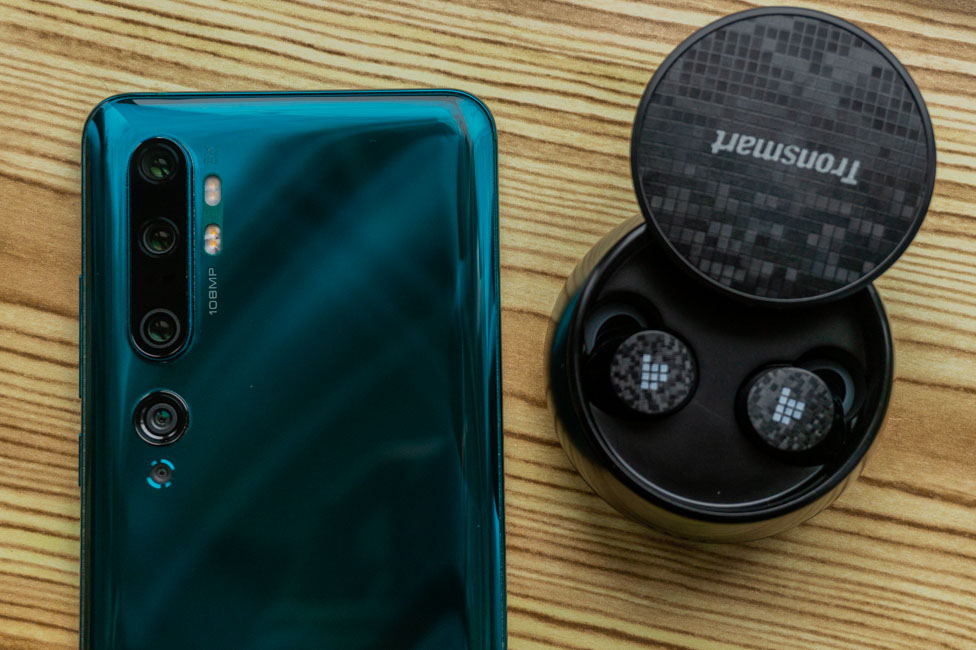
There is also GPS (A-GPS, GLONASS, BDS, GALILEO) with relatively accurate positioning. The NFC module is also available here, with contactless payment and quick pairing with other devices.
Firmware and software
Right out of the box, Xiaomi Mi Note 10 comes with MIUI’s signature shell, 11 version. But the version of Android has remained the same – Android 9. Major changes did not happen.. Anyway, it’s becoming increasingly difficult to track updates in MIUI, because the functionality is being increased by constant updates. And when a new version comes out, I have a feeling that I’ve already seen it all. But of course, something is being updated and improved, and adopted from other shells.
Some of the “display” features (AOD and backlight for incoming notifications) I have already described in the screen section. There are minor interface changes, the list of running apps has been slightly revised and the logic of items in the settings has changed a bit. Some features come directly from Samsung’s One UI. For some reason, the dark theme is still not everywhere in the system menus. I remember on MIUI 10 the same menus were black, but something went wrong here.
The game acceleration option allows you to optimize the Internet, sensor sensitivity and improve sound. This can be accepted for all games, or you can separately configure them. The sensitivity of gestures and taps is set, the sensitivity at the edges of the screen is reduced to avoid accidental taps. You can even increase the contrast and detail of the games.
The rest of the shell is familiar to us: a lot of customization tools, gestures, movements, all that jazz.
Verdict
Xiaomi Mi Note 10 is all about cameras, and only cameras. And the cameras are… fine. They do not pretend to be the best, but they are inexpensive. Xiaomi decided to collect in one device everything they can do in terms of cameras.
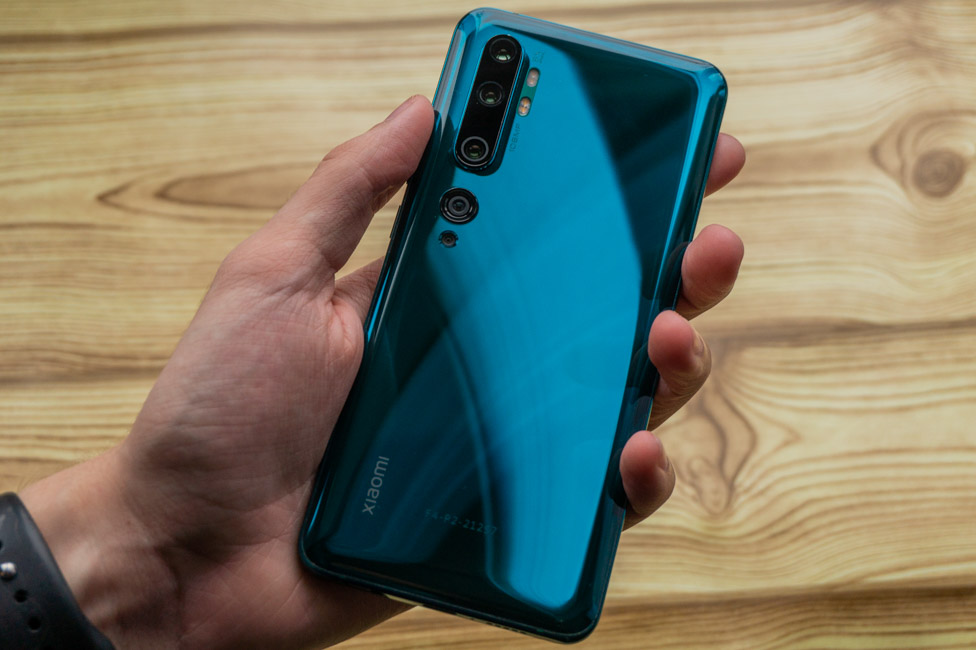
The rest of the smartphone is controversial: there’s nothing unique about it (it strongly resembles Huawei P30 Pro), there are issues with ergonomics and the device only has a mid-range chipset. If you need cameras first of all, you can think about purchasing it, but there are more balanced devices on the market.
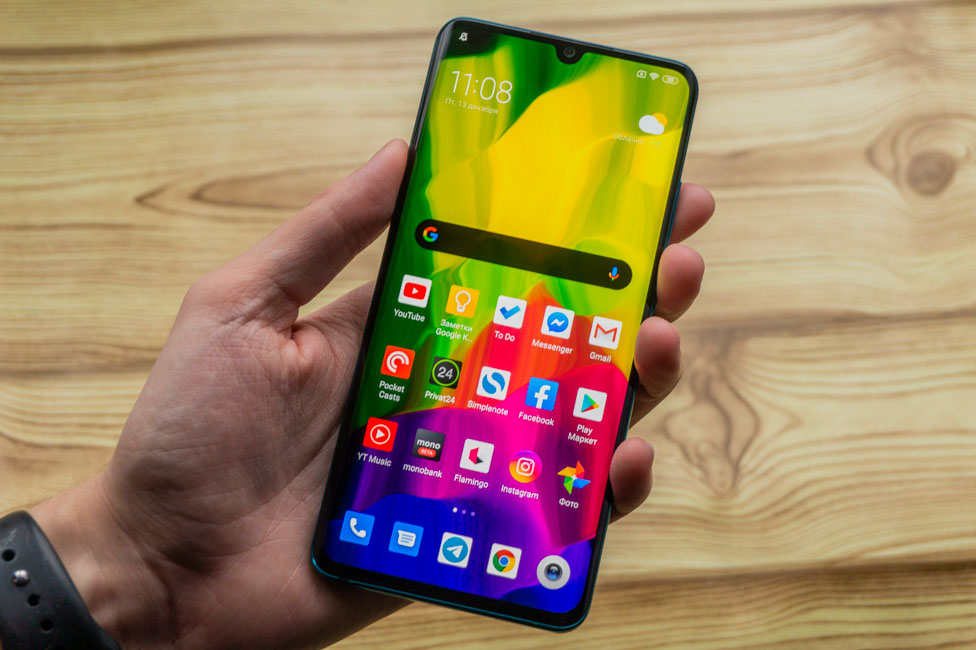
Where to buy
Subscribe to our accounts:


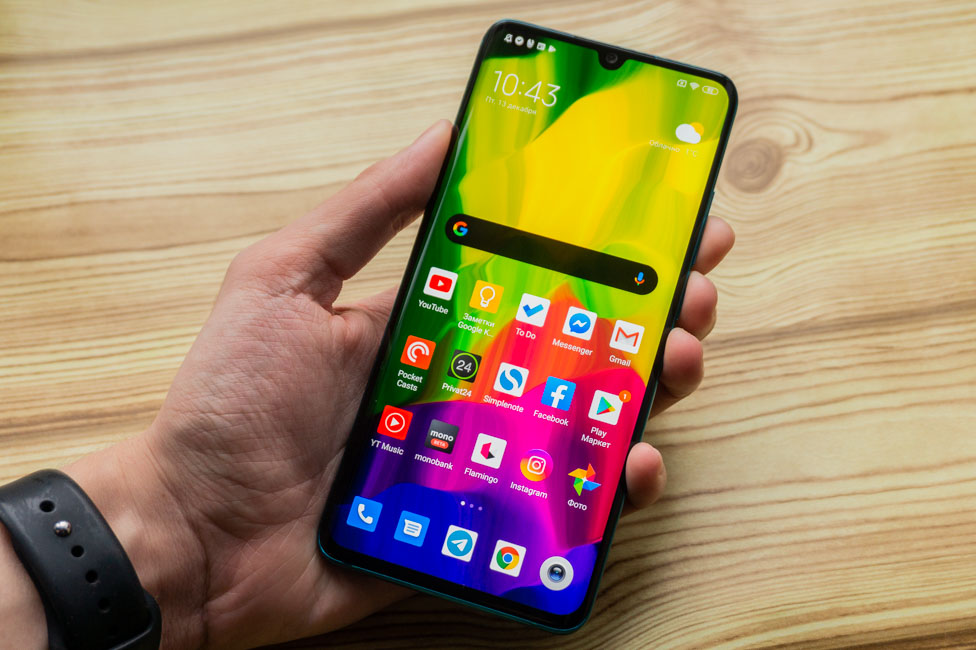
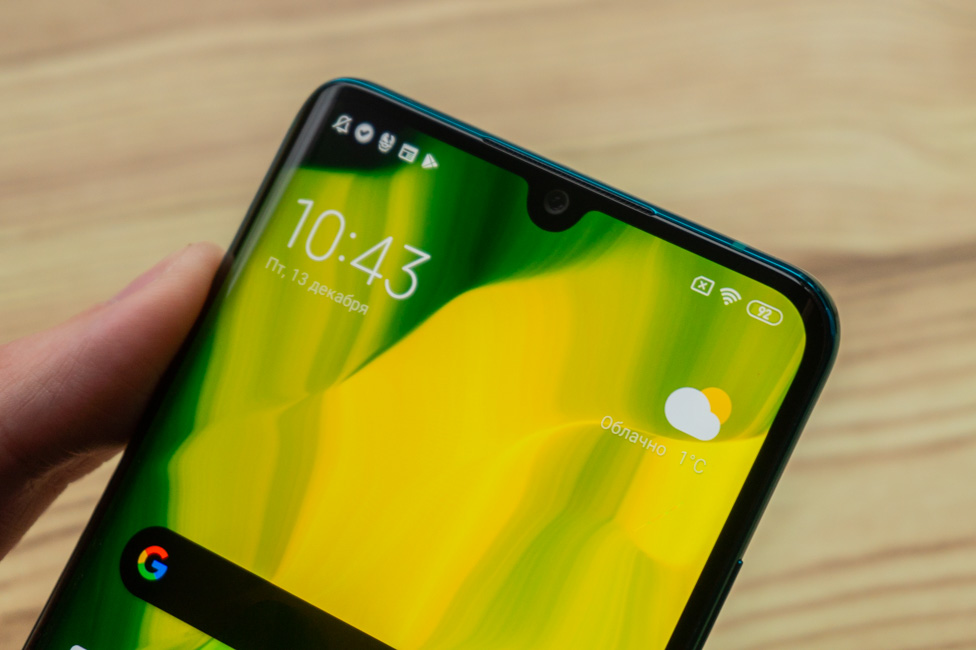
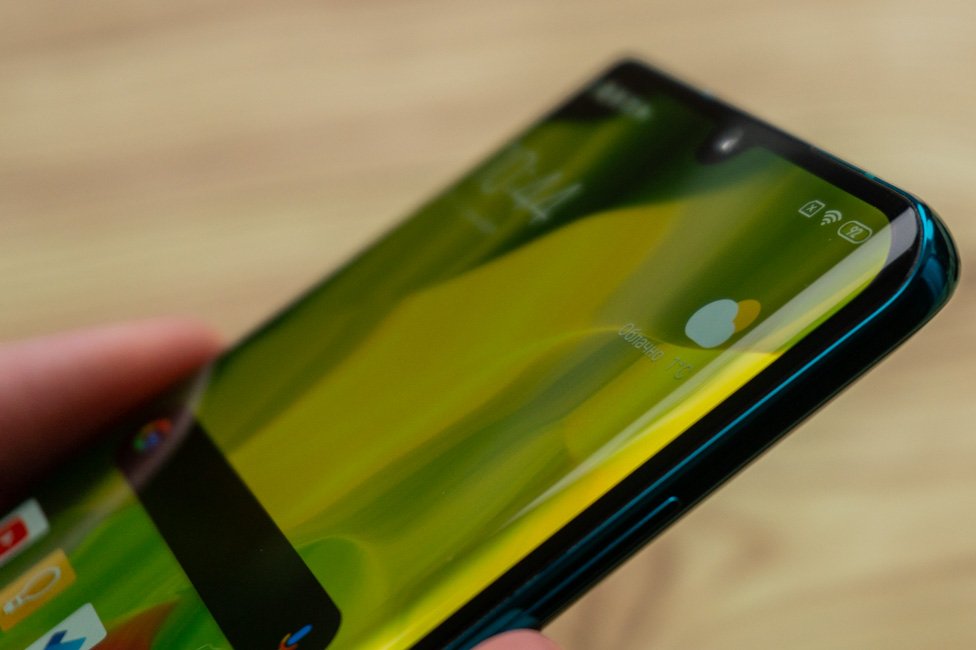
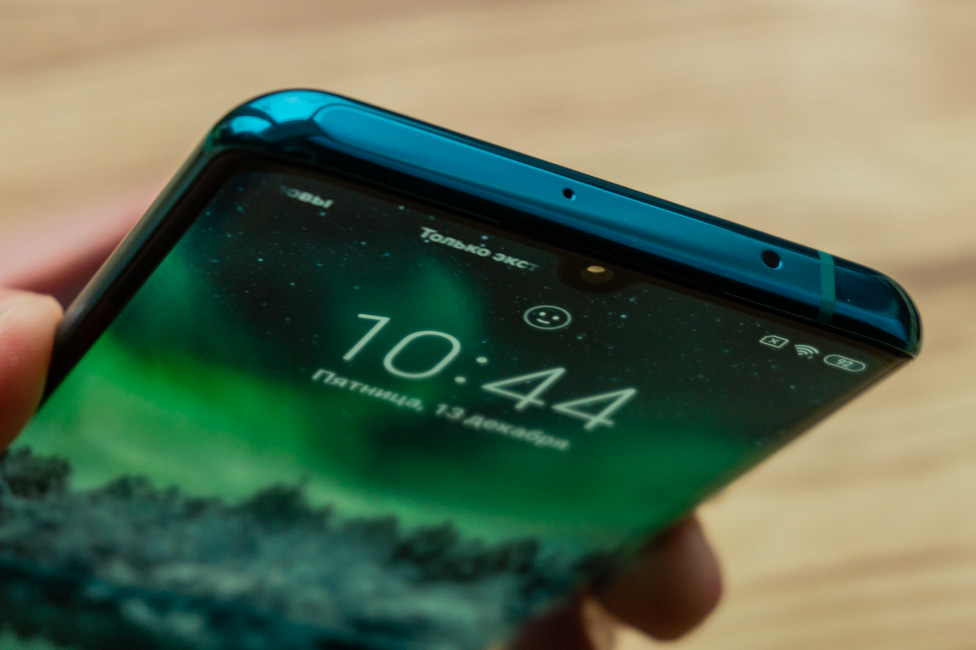
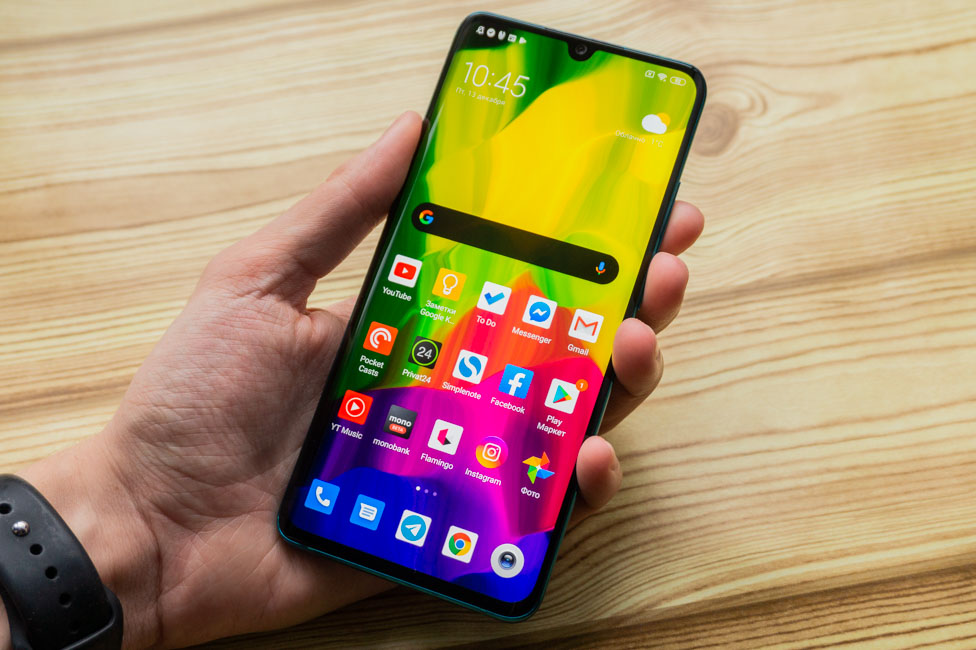
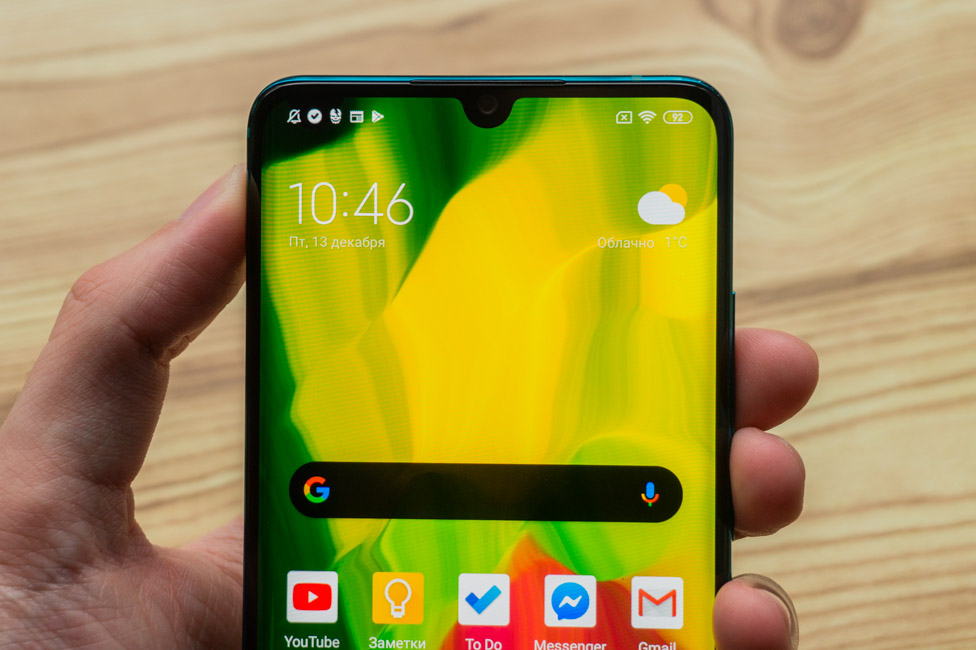
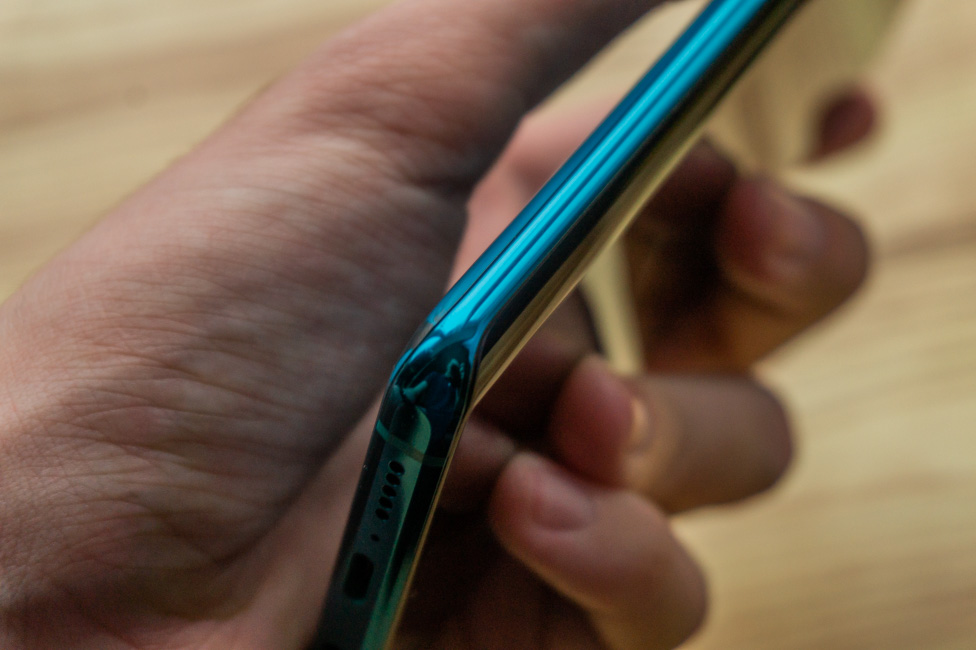
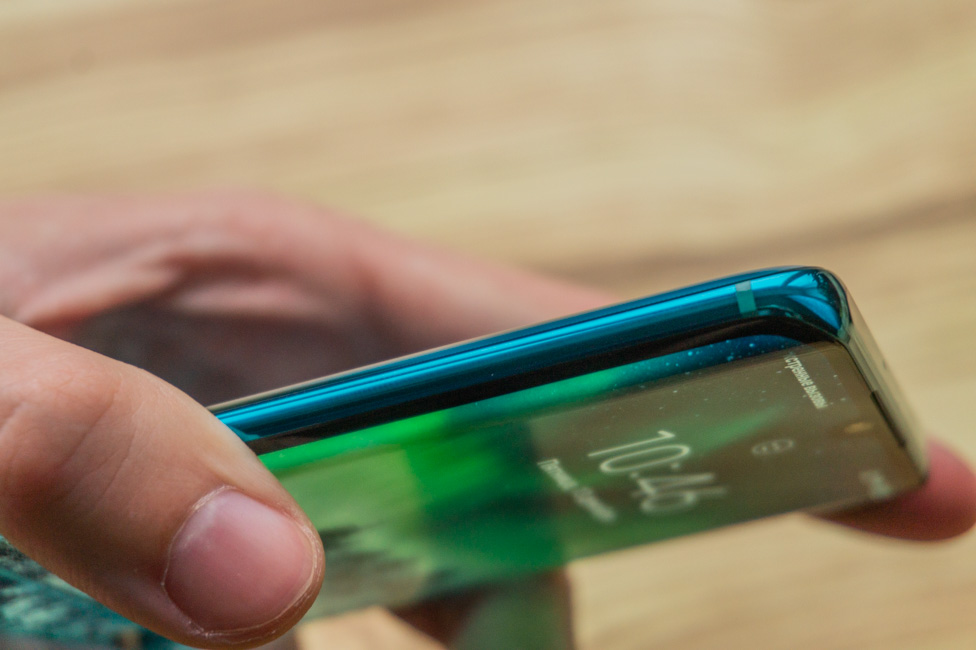

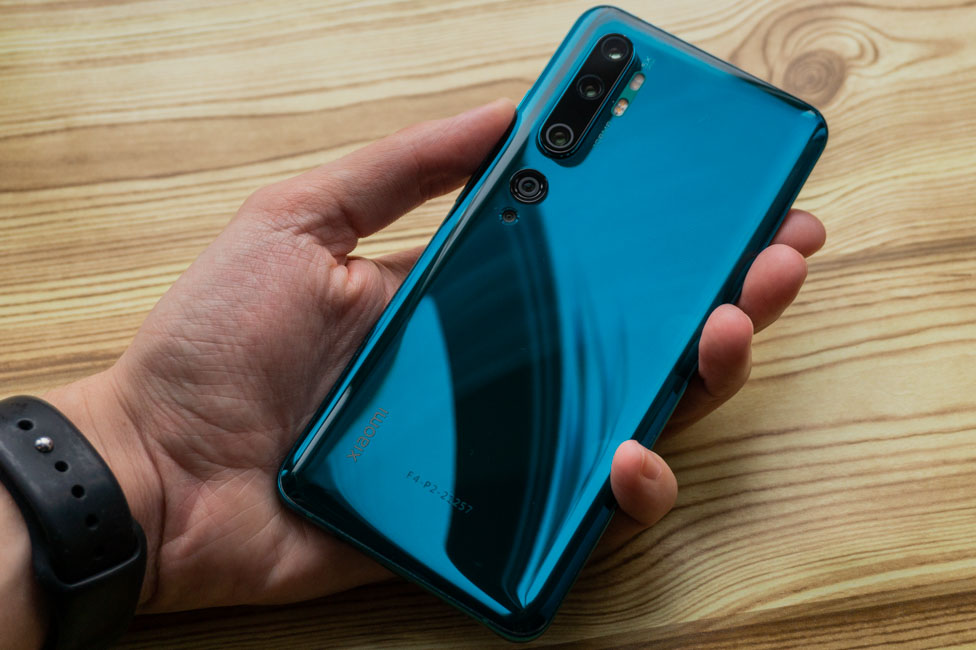
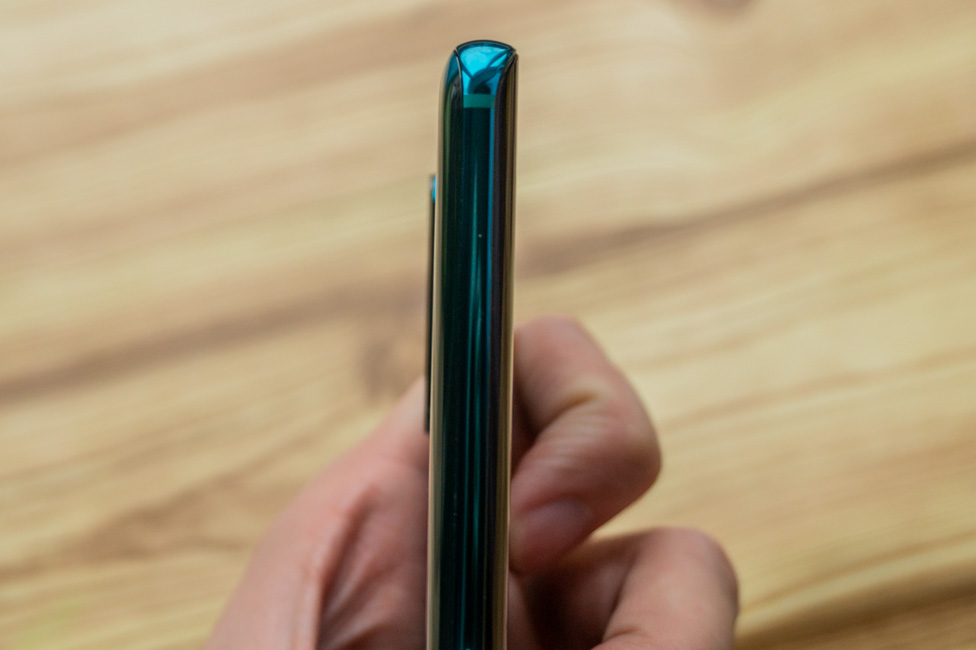
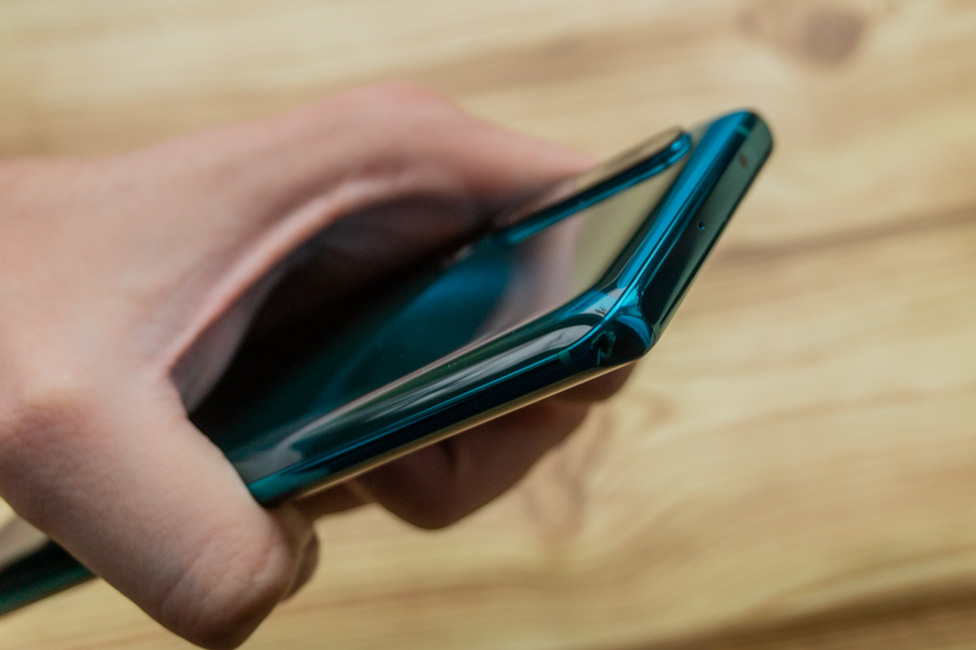
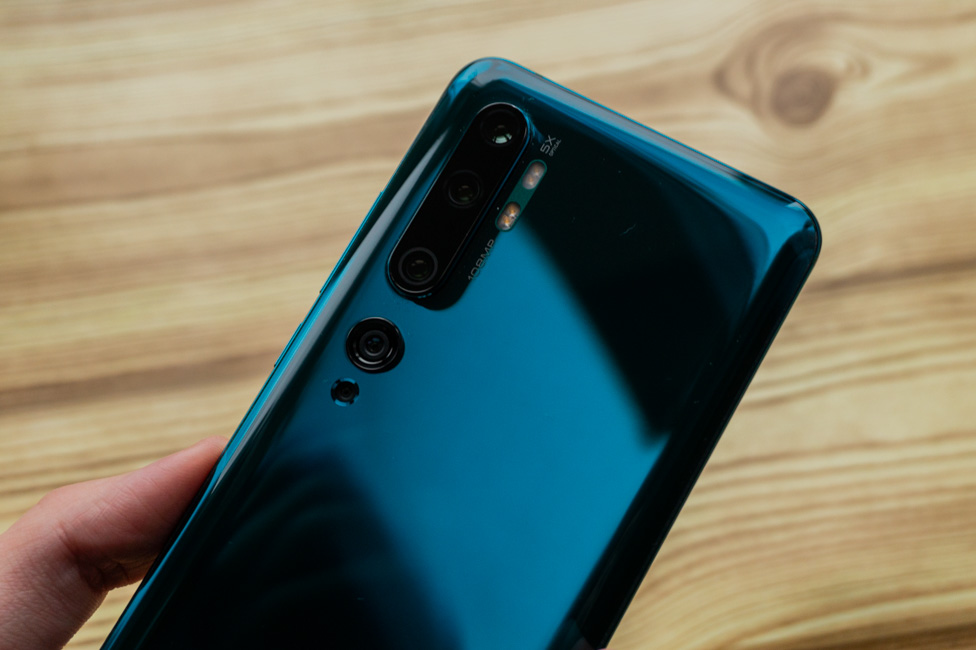
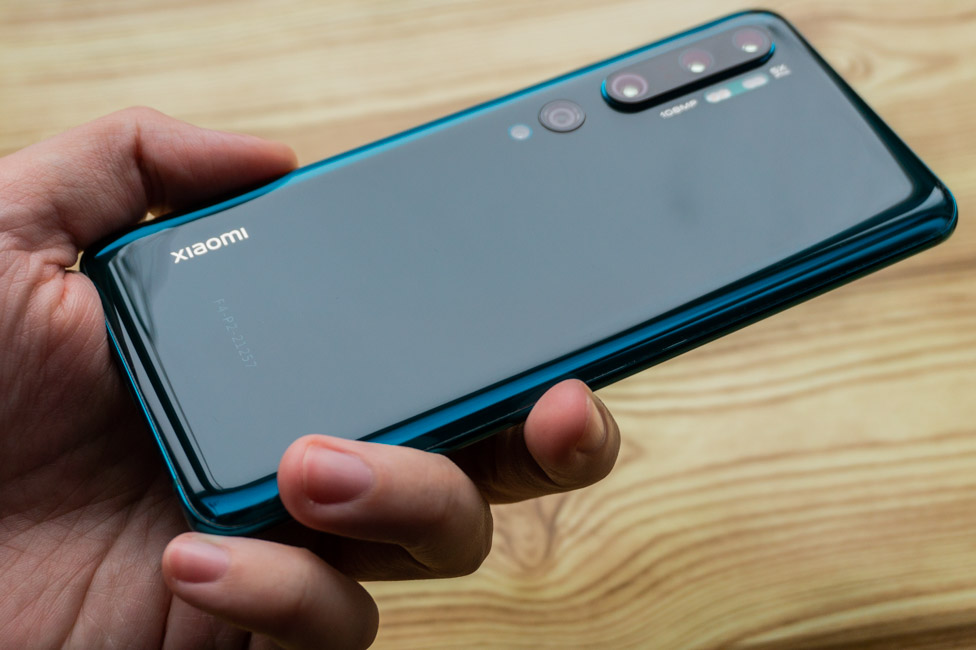
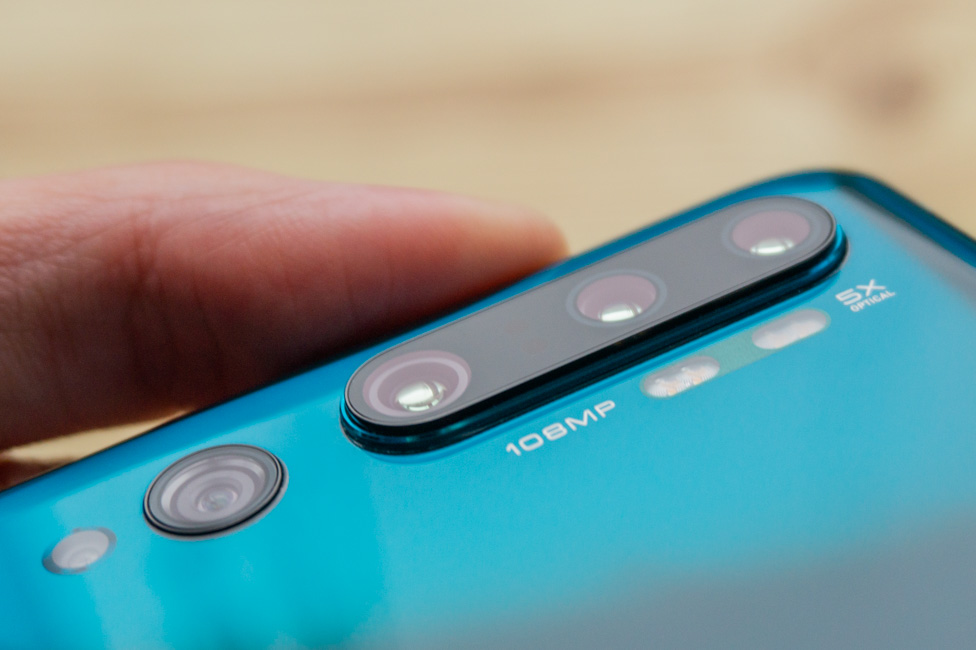
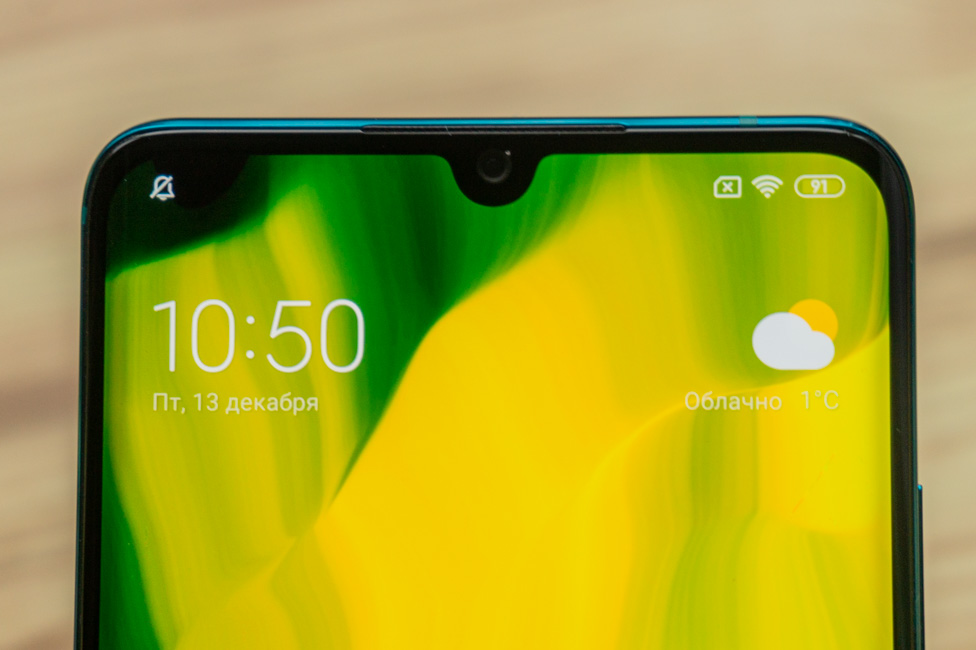

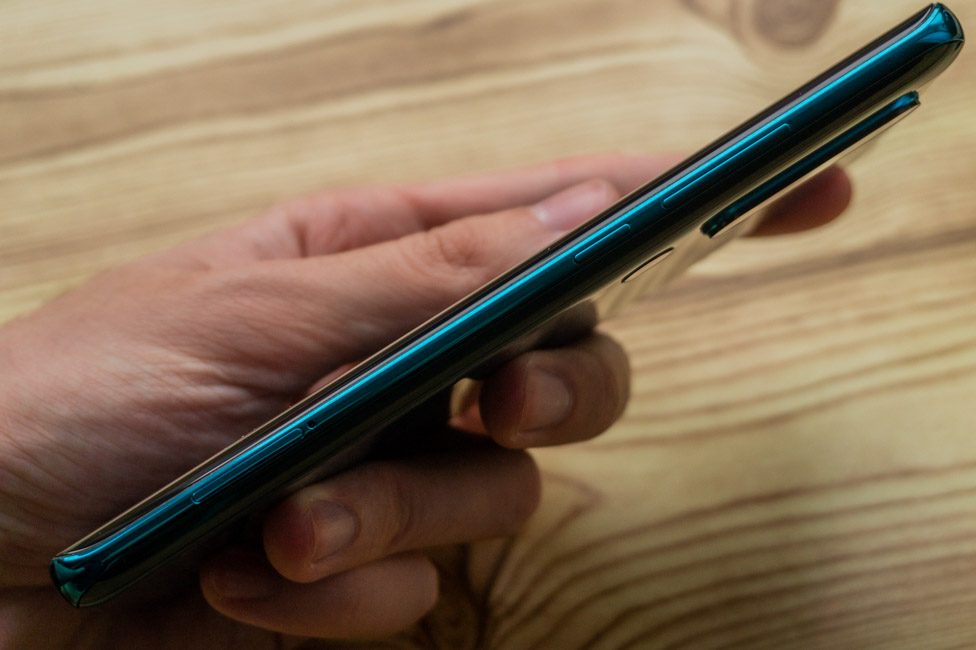
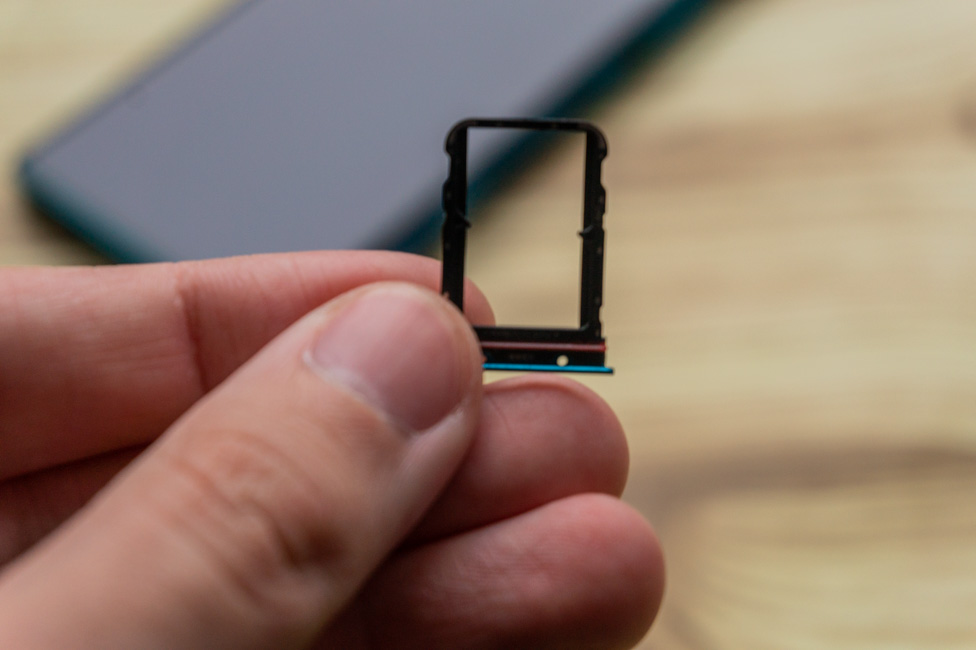
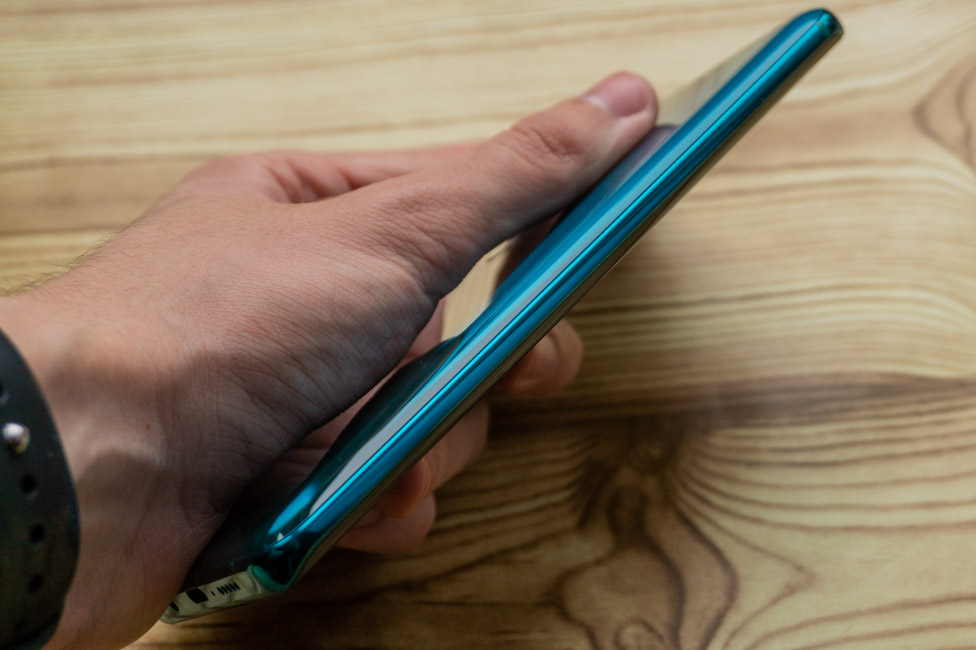
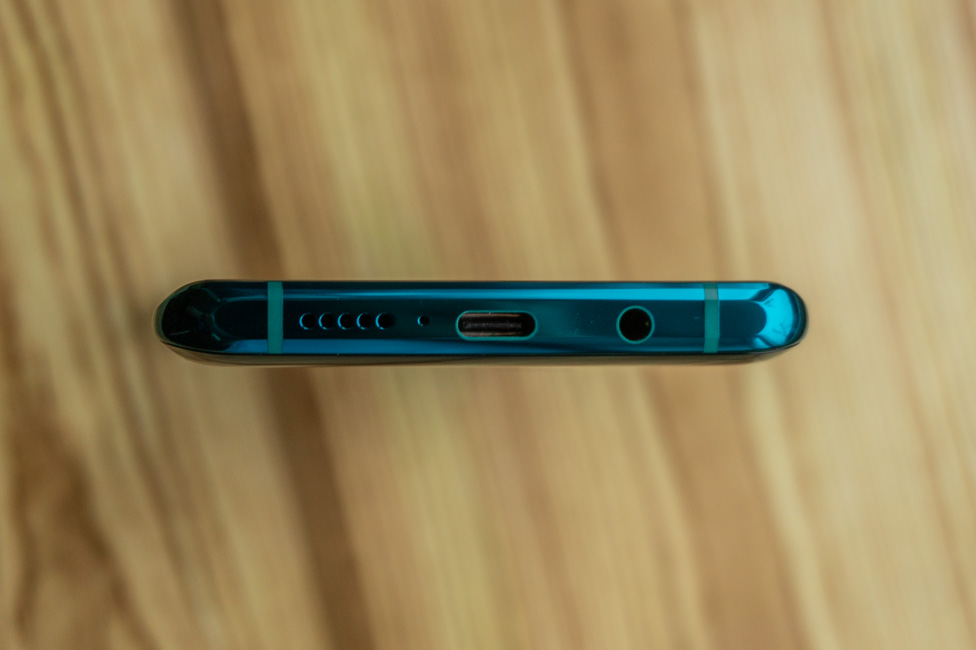

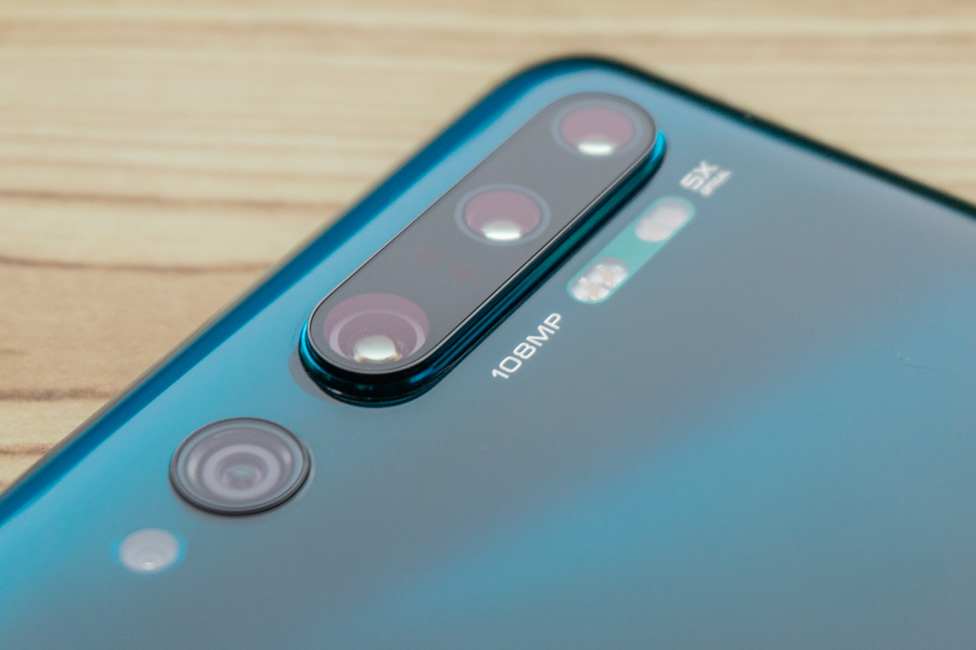
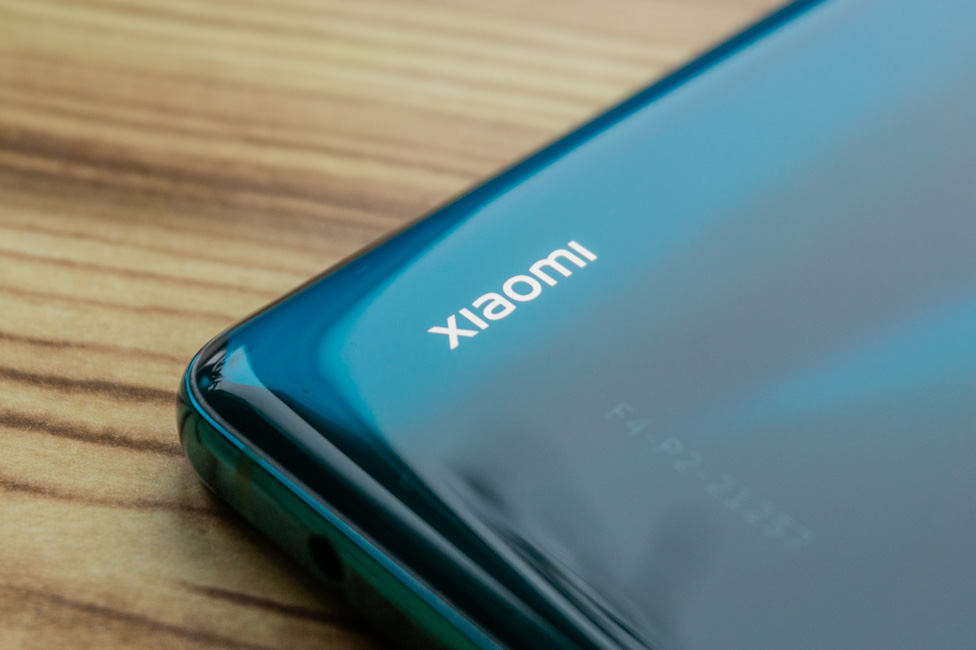
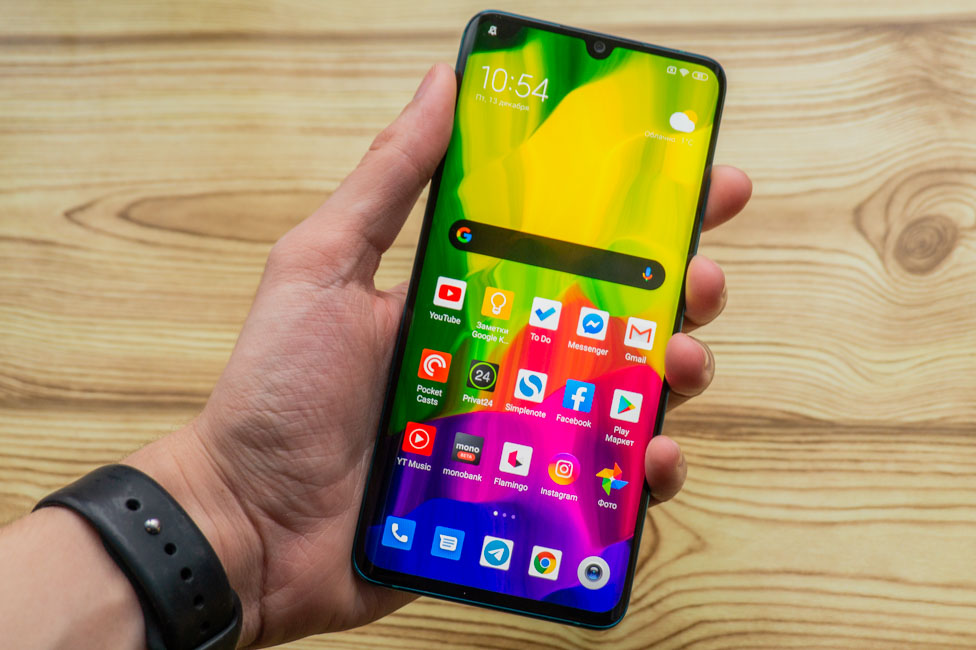
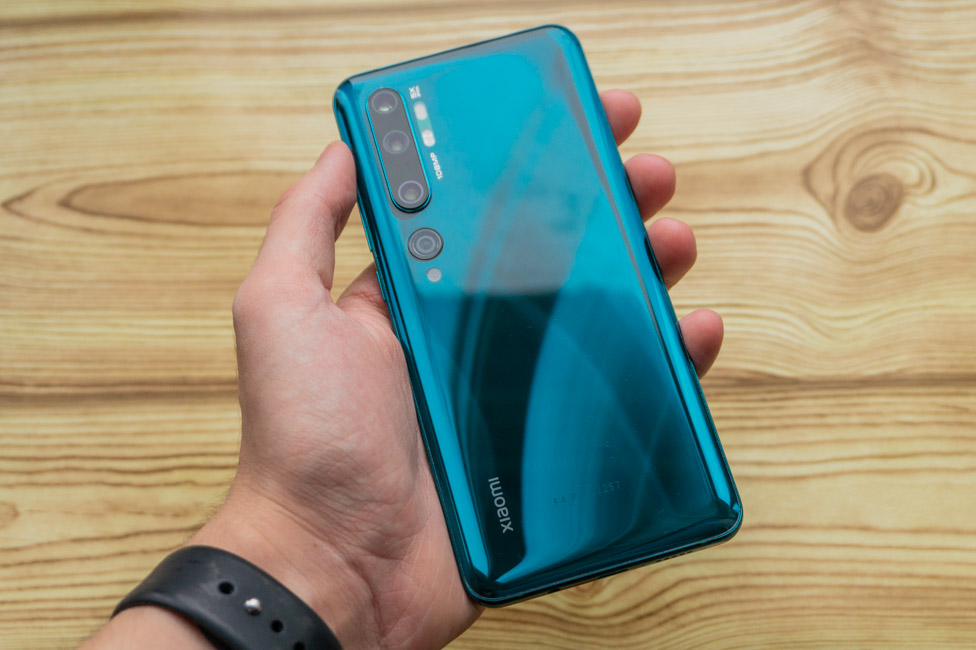

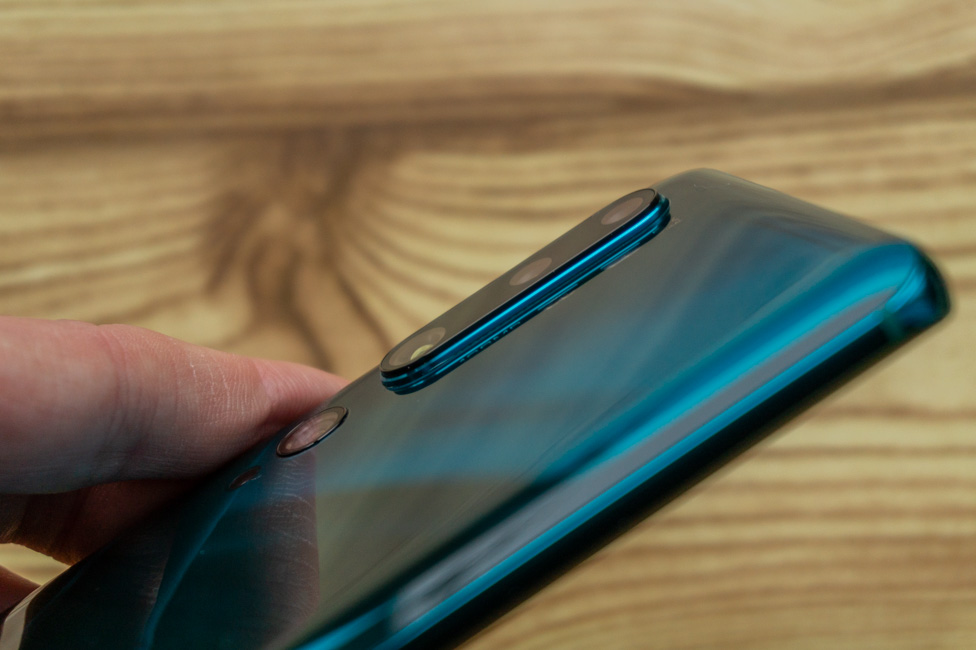

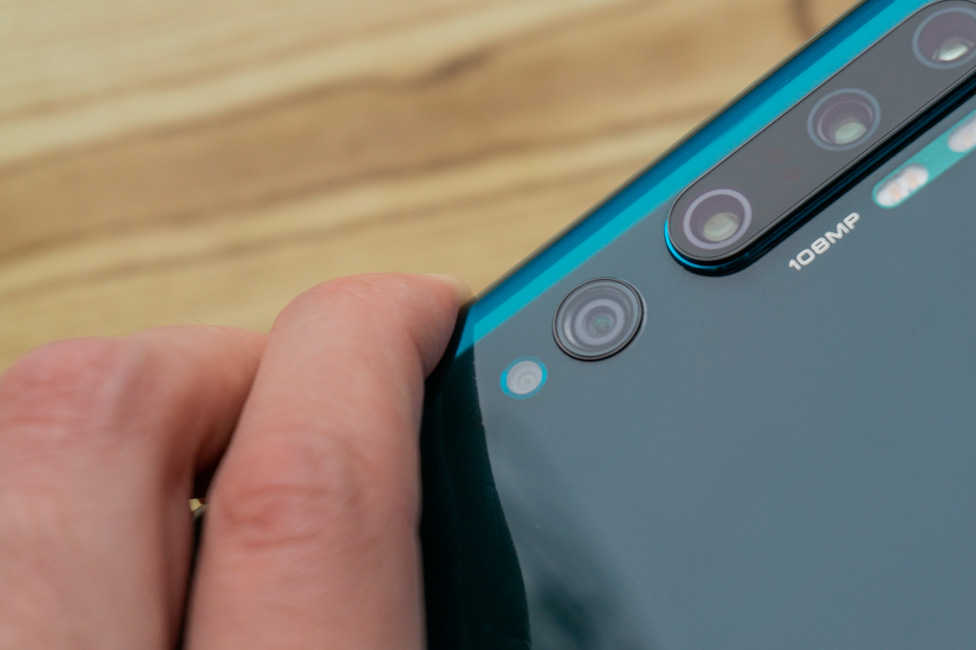
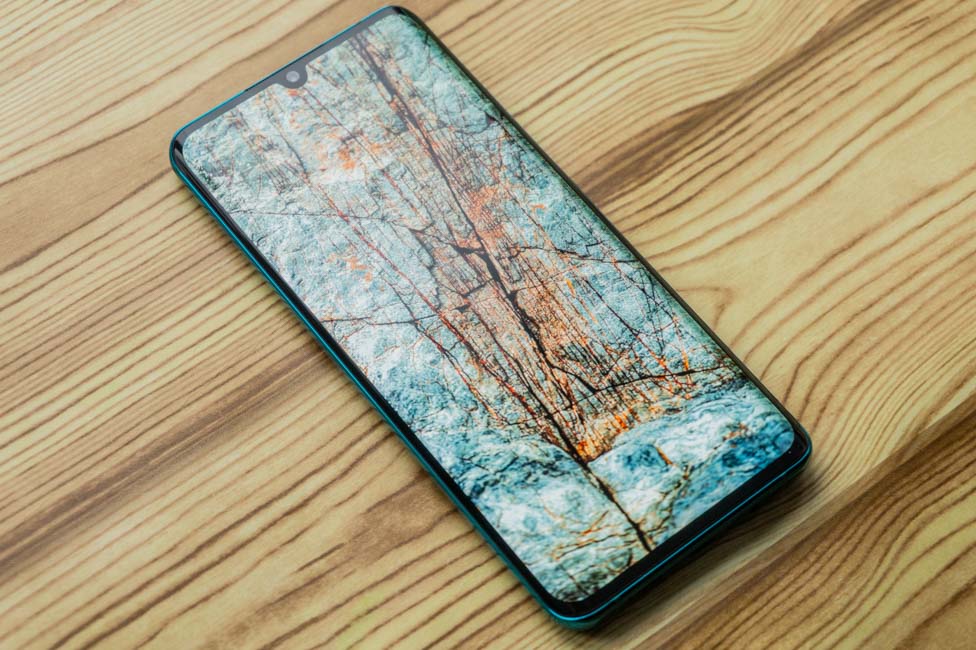
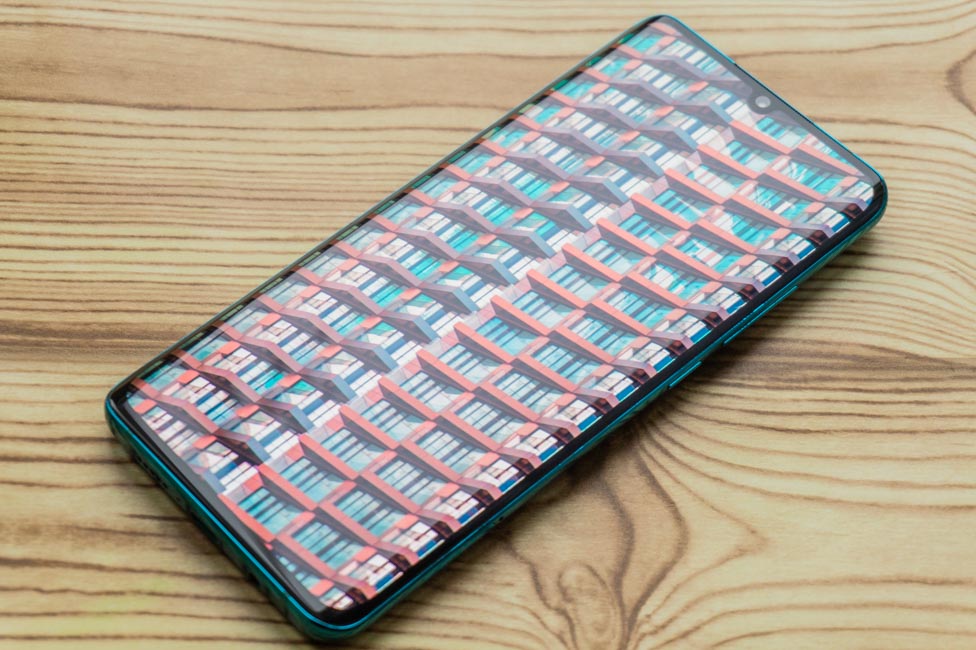

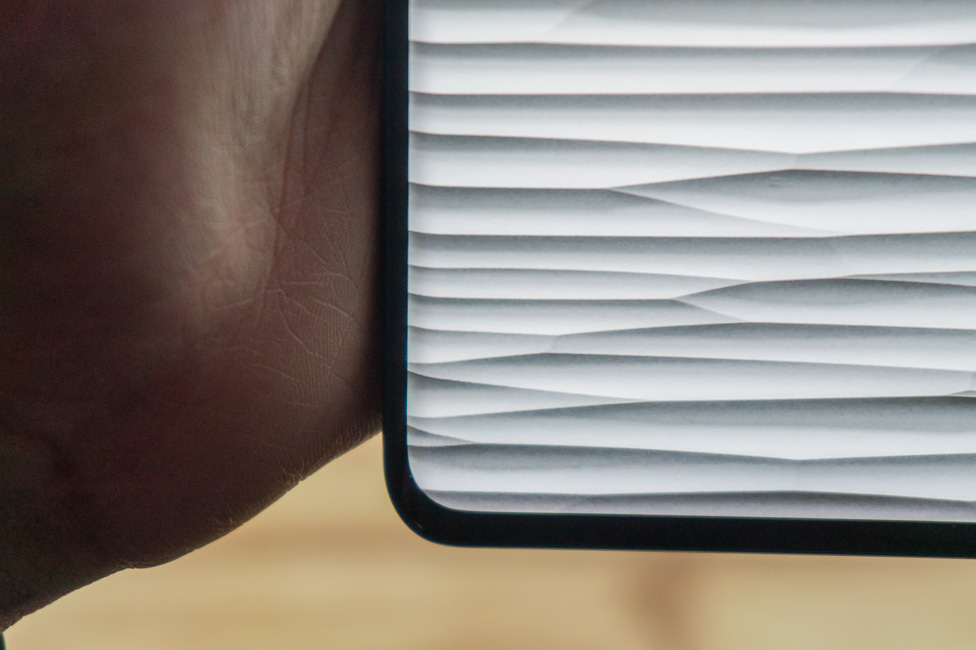
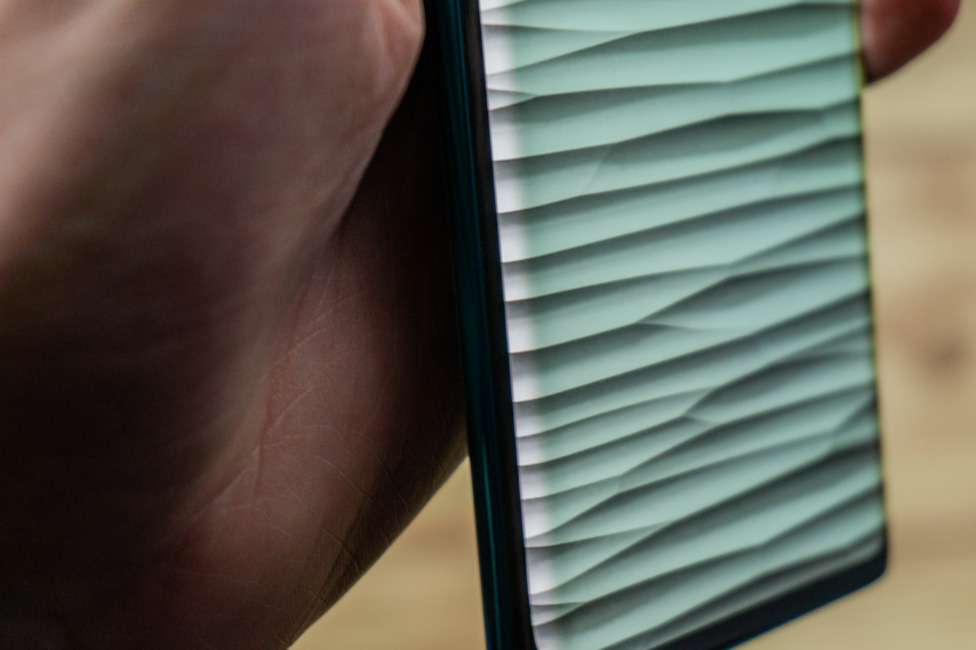
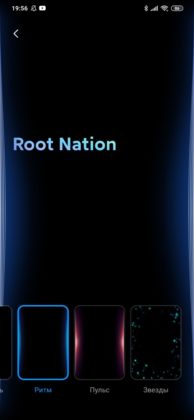











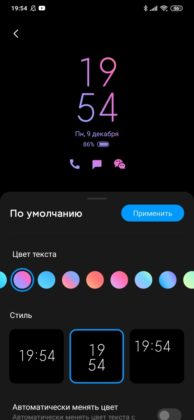










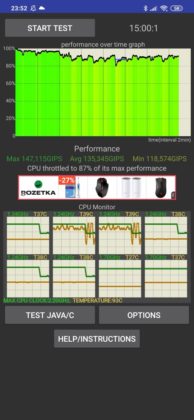

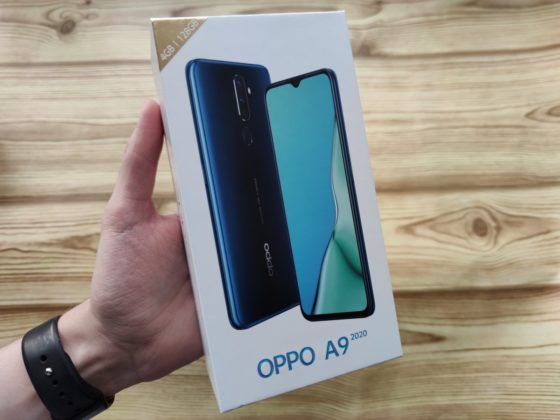

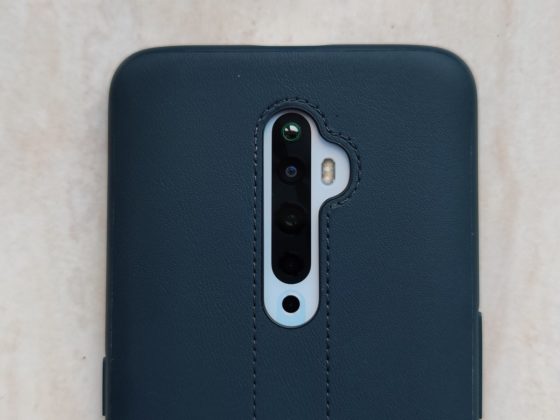
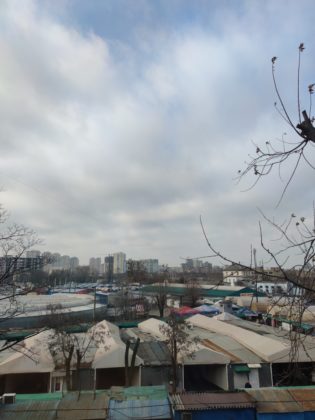

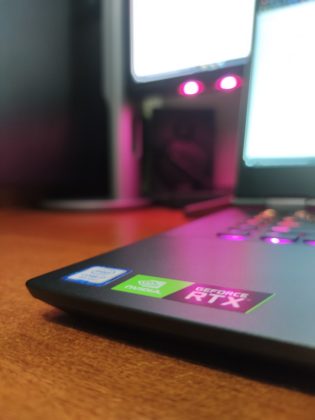


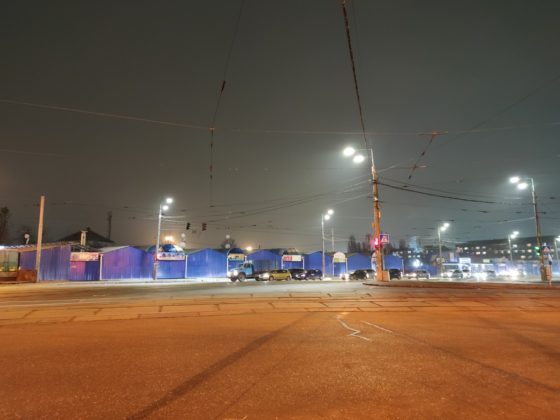
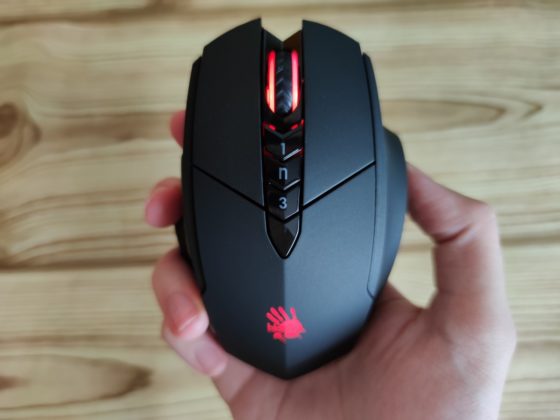
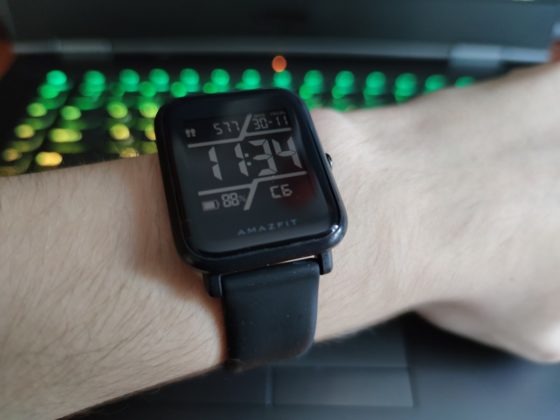
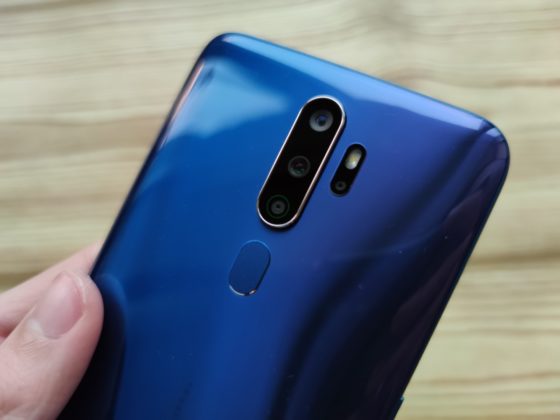

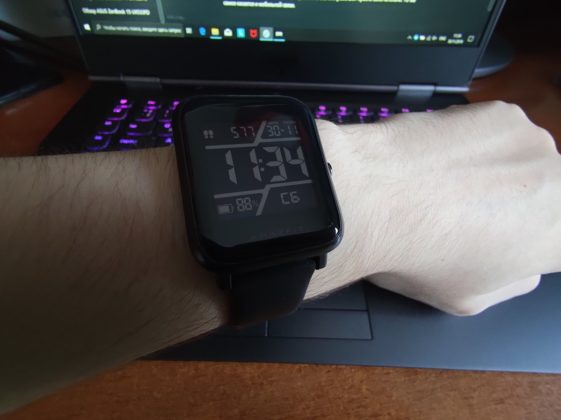





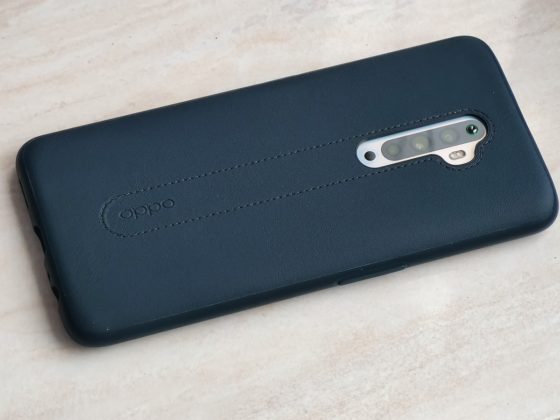

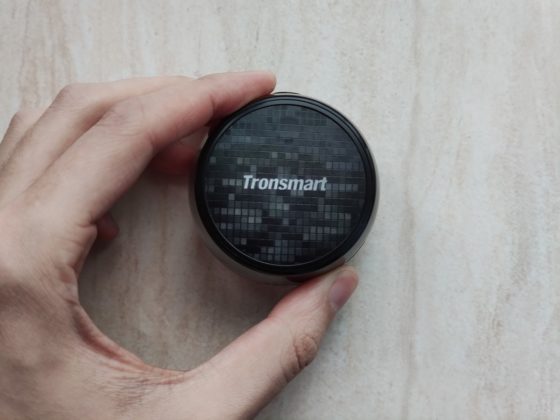

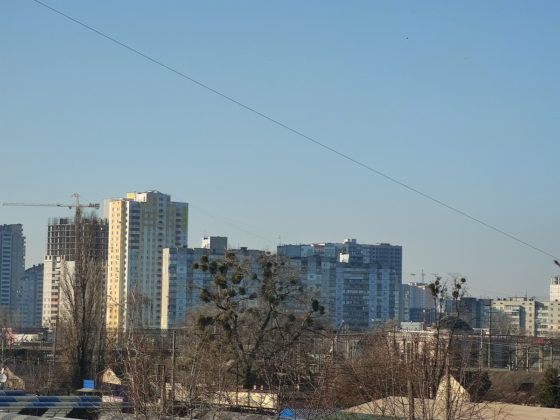



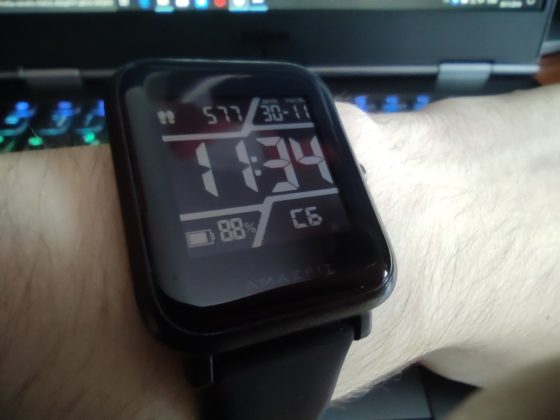
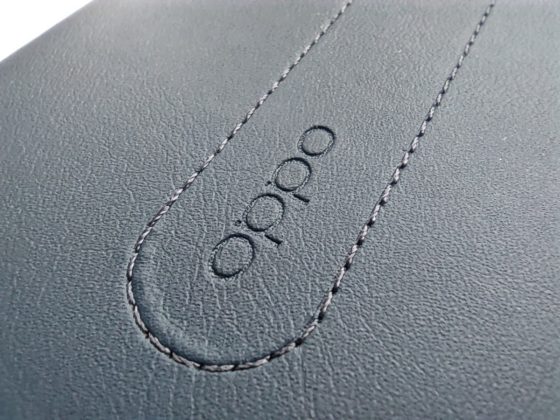
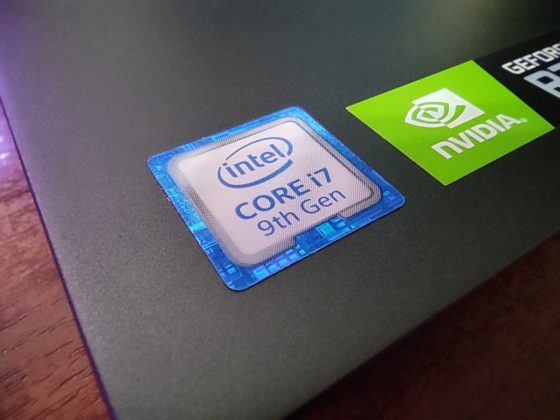
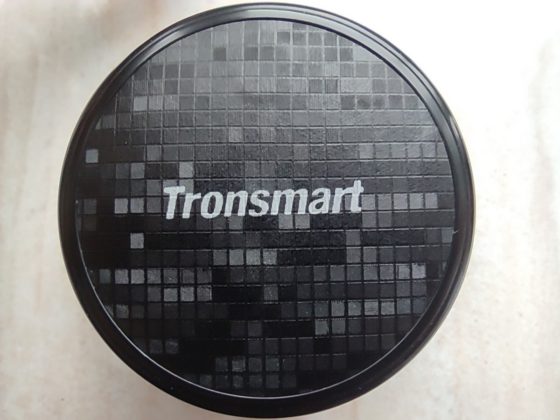

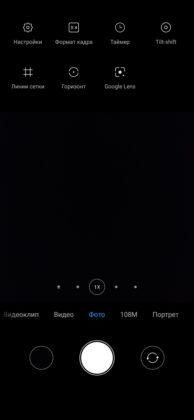


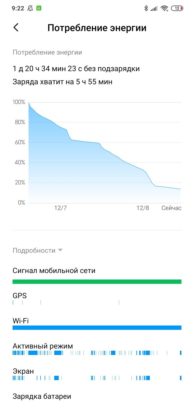
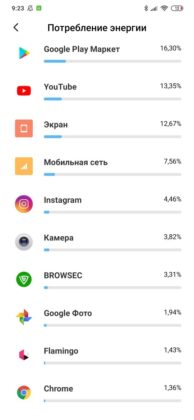




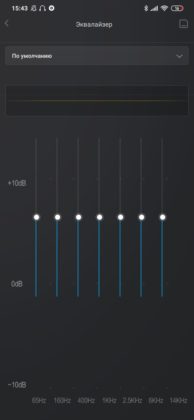
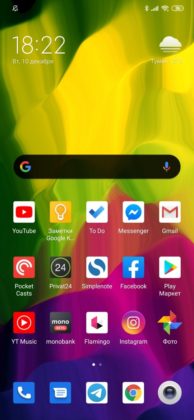

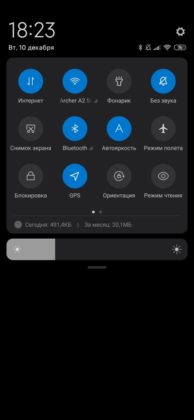









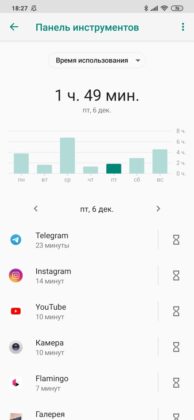



Xiaomi Mi Note 10 phone is considered one of the best phones that were released in 2019, and indeed this phone according to the numbers has the best possible camera in the middle class, and it exceeds very many phones in the flash chip such as Samsung phones and phones from Huawei also and even it is superior to the iPhone in Camera But there is a rather small problem which is the processor that comes from the middle class, and the Xiaomi Mi Note 10 phone comes with capabilities that make it compete and well deserved and excels in the medium category such as the battery, the very excellent screen design, the battery and fast charging. And phone deserves a rating of 9/10 in the price category of the phone.